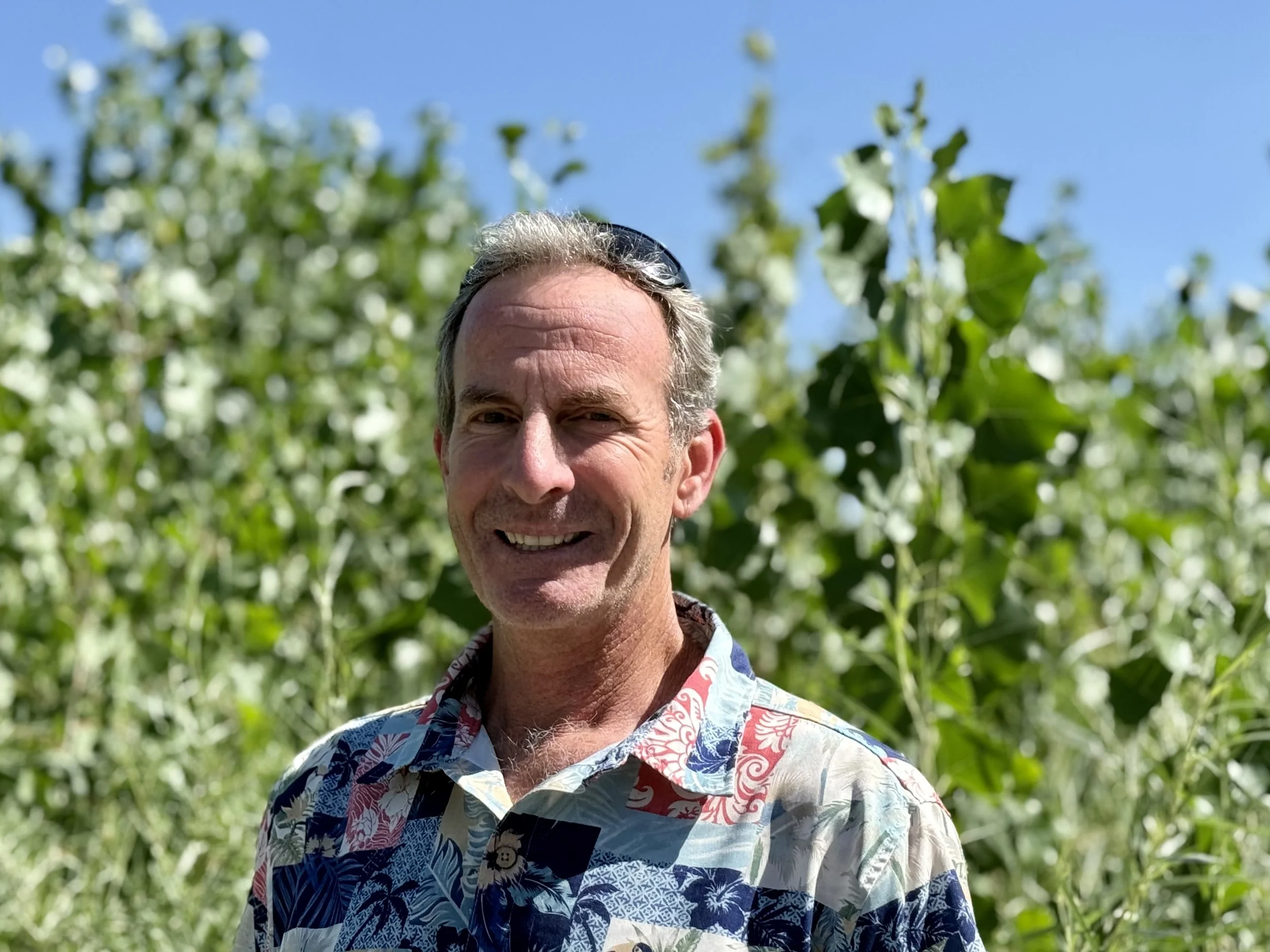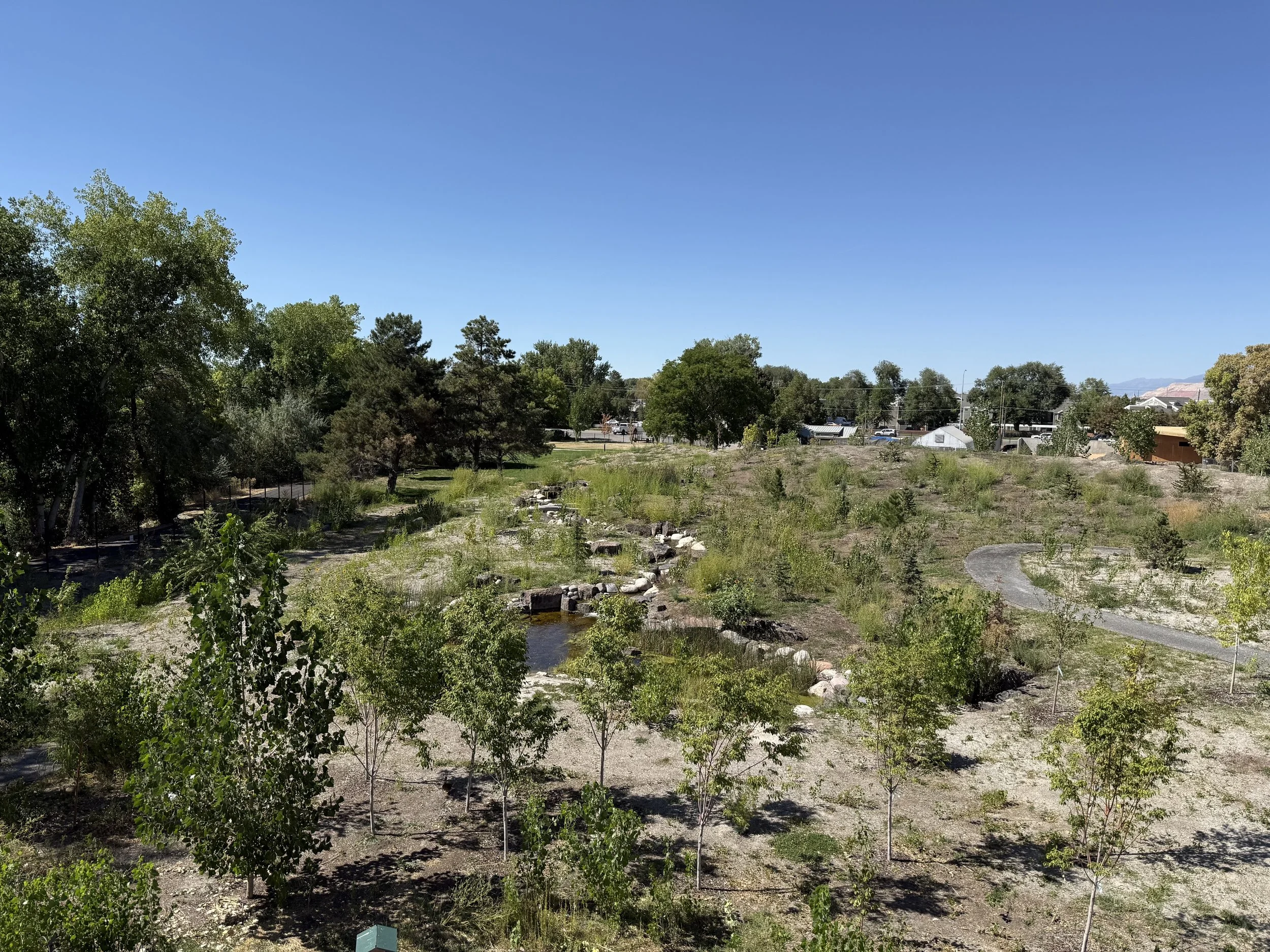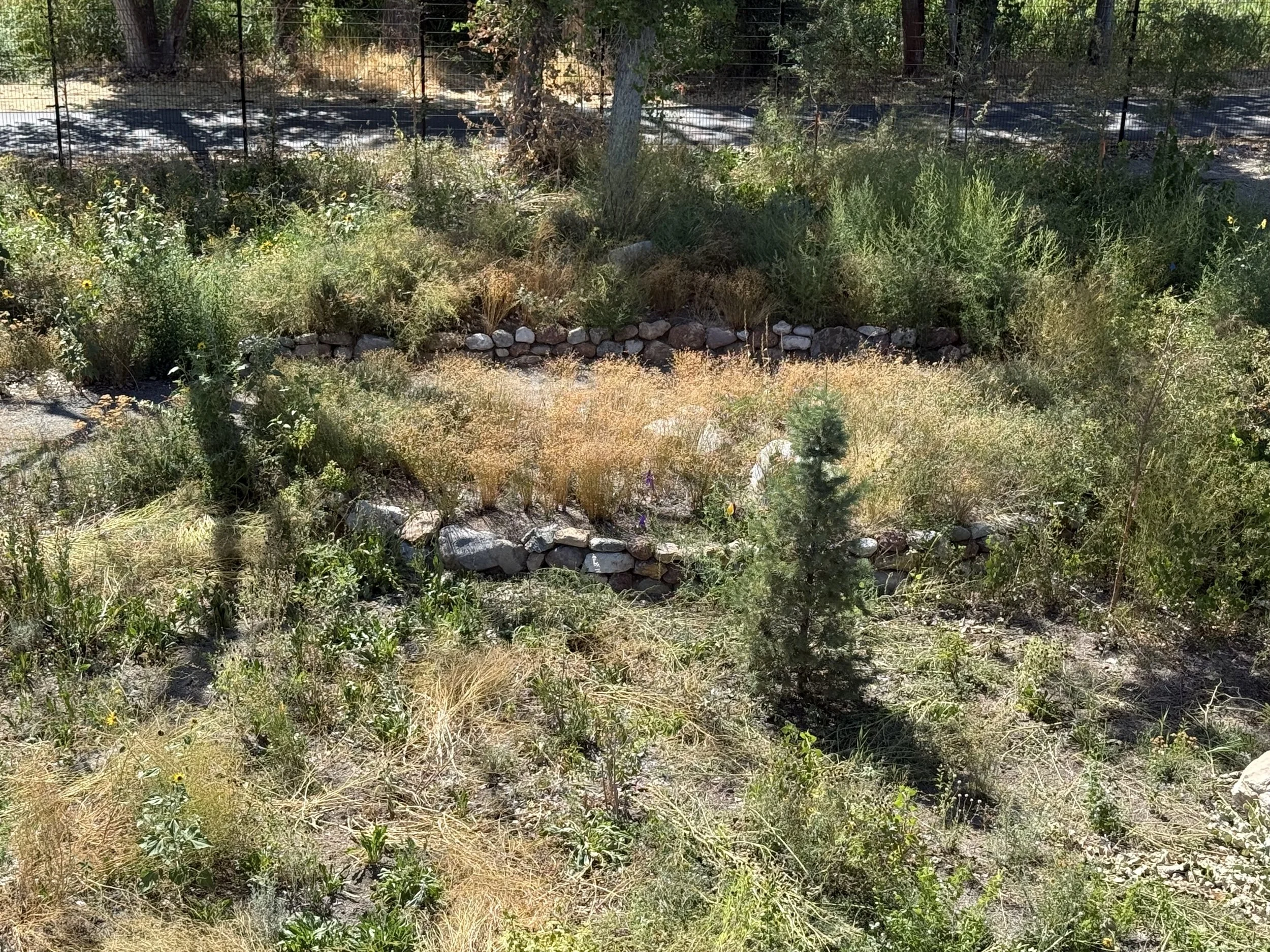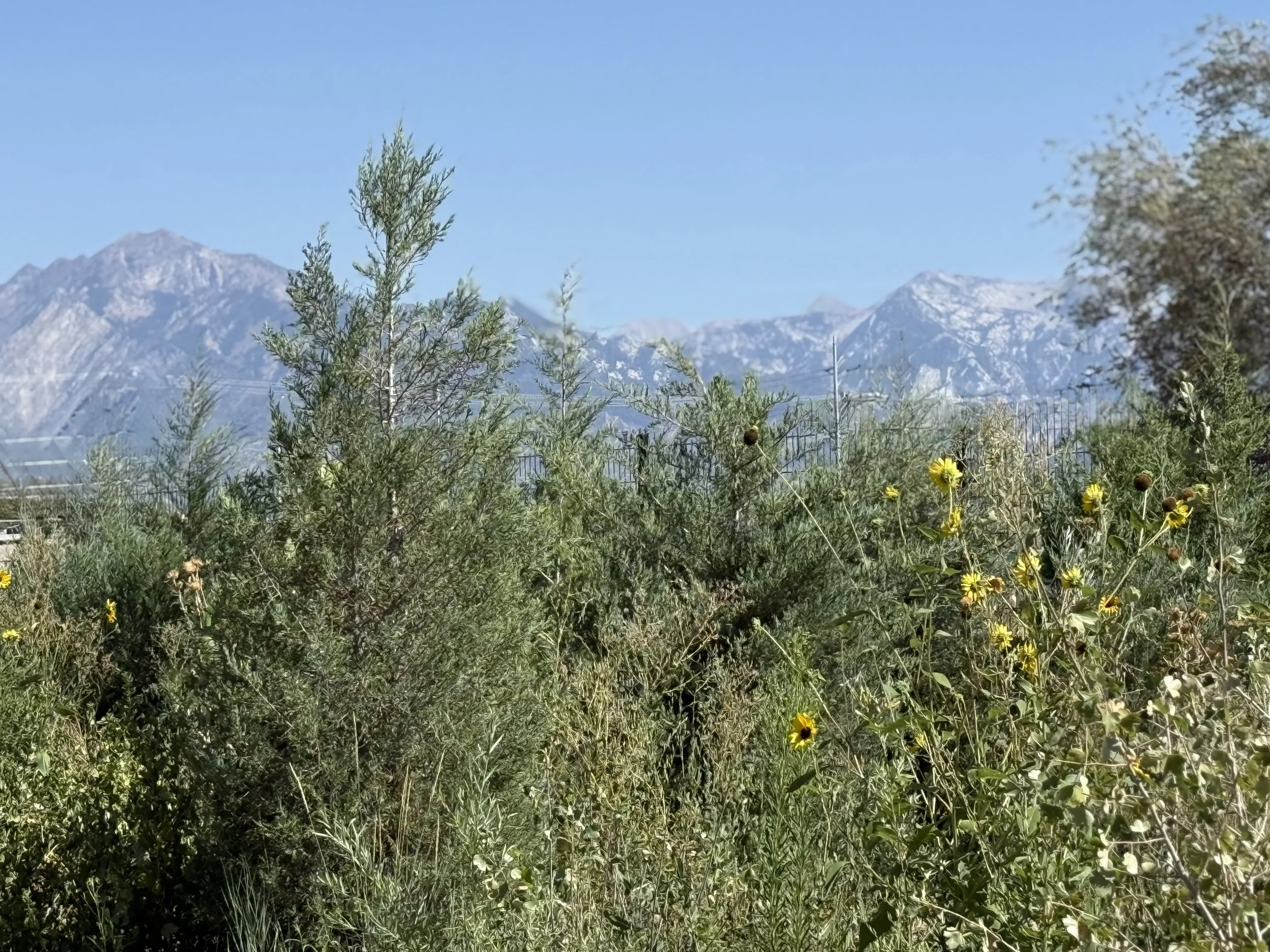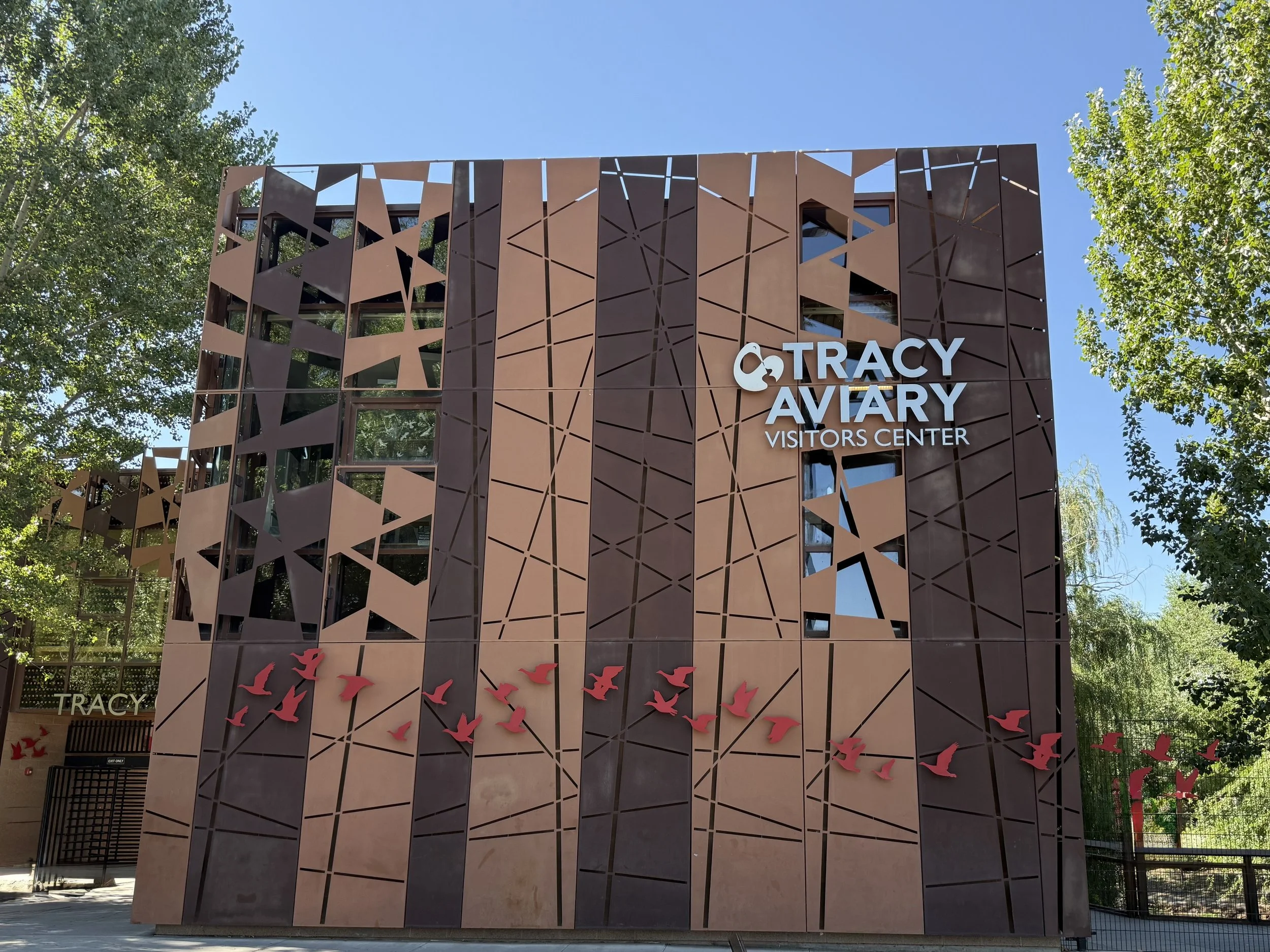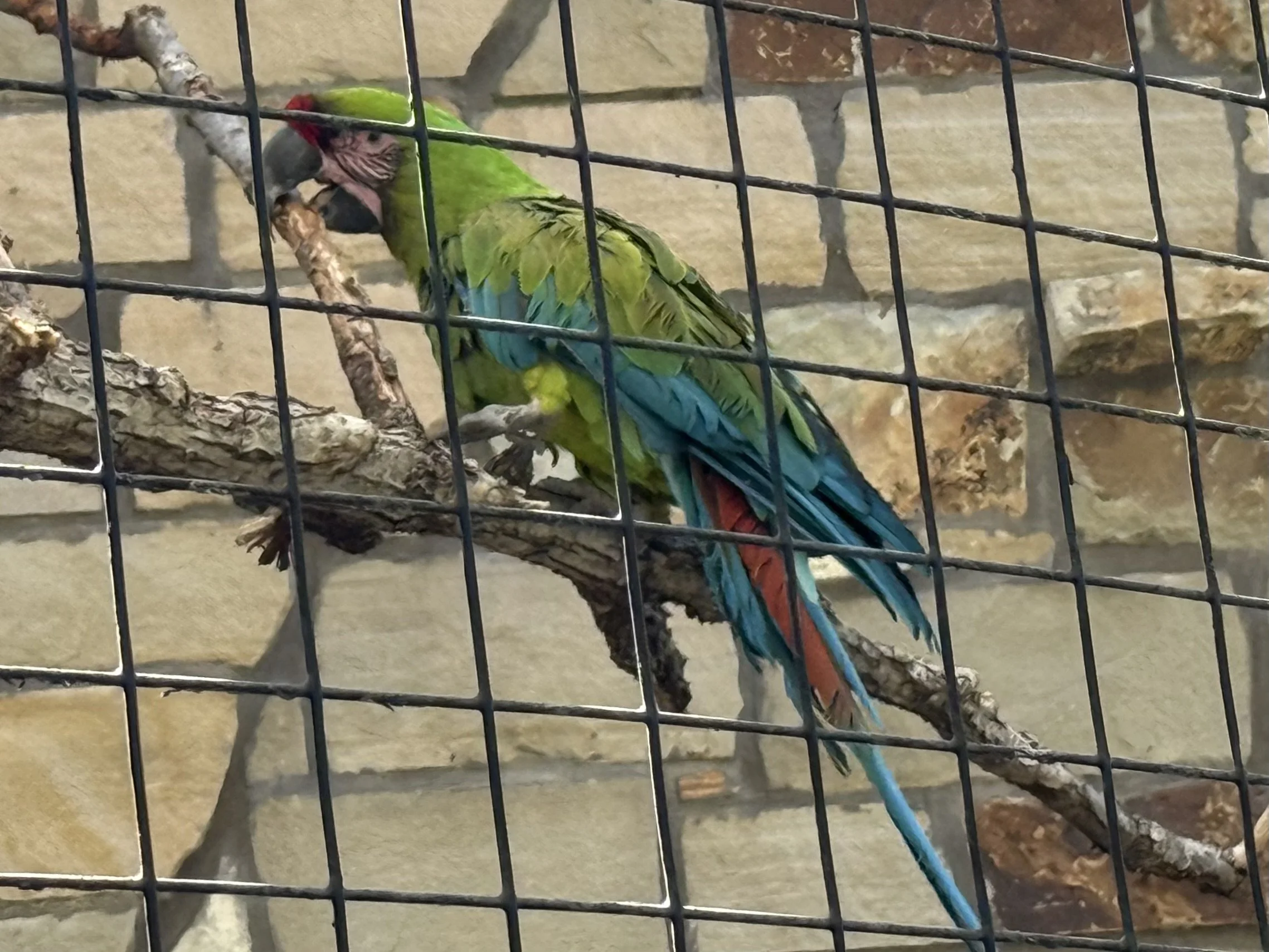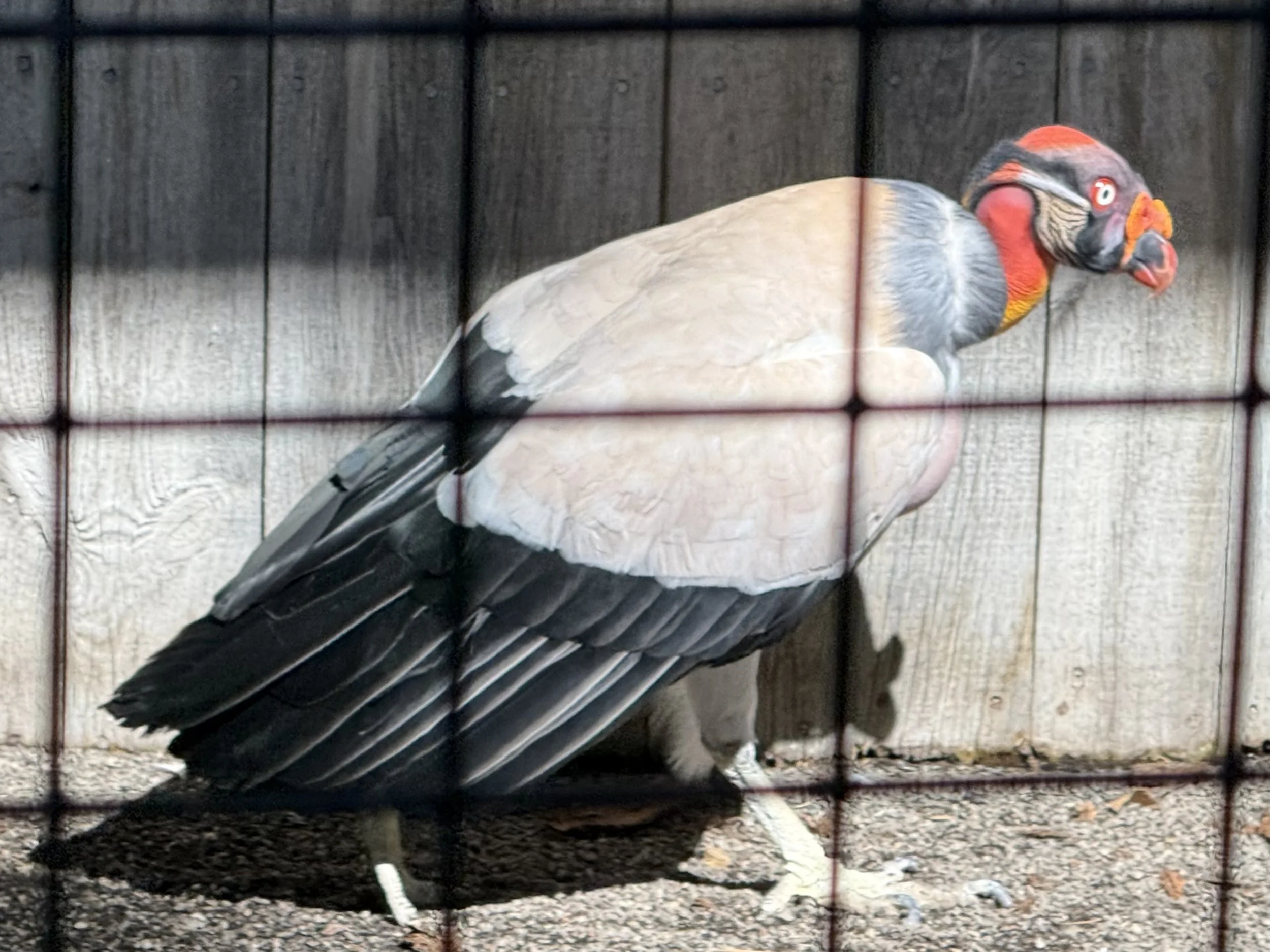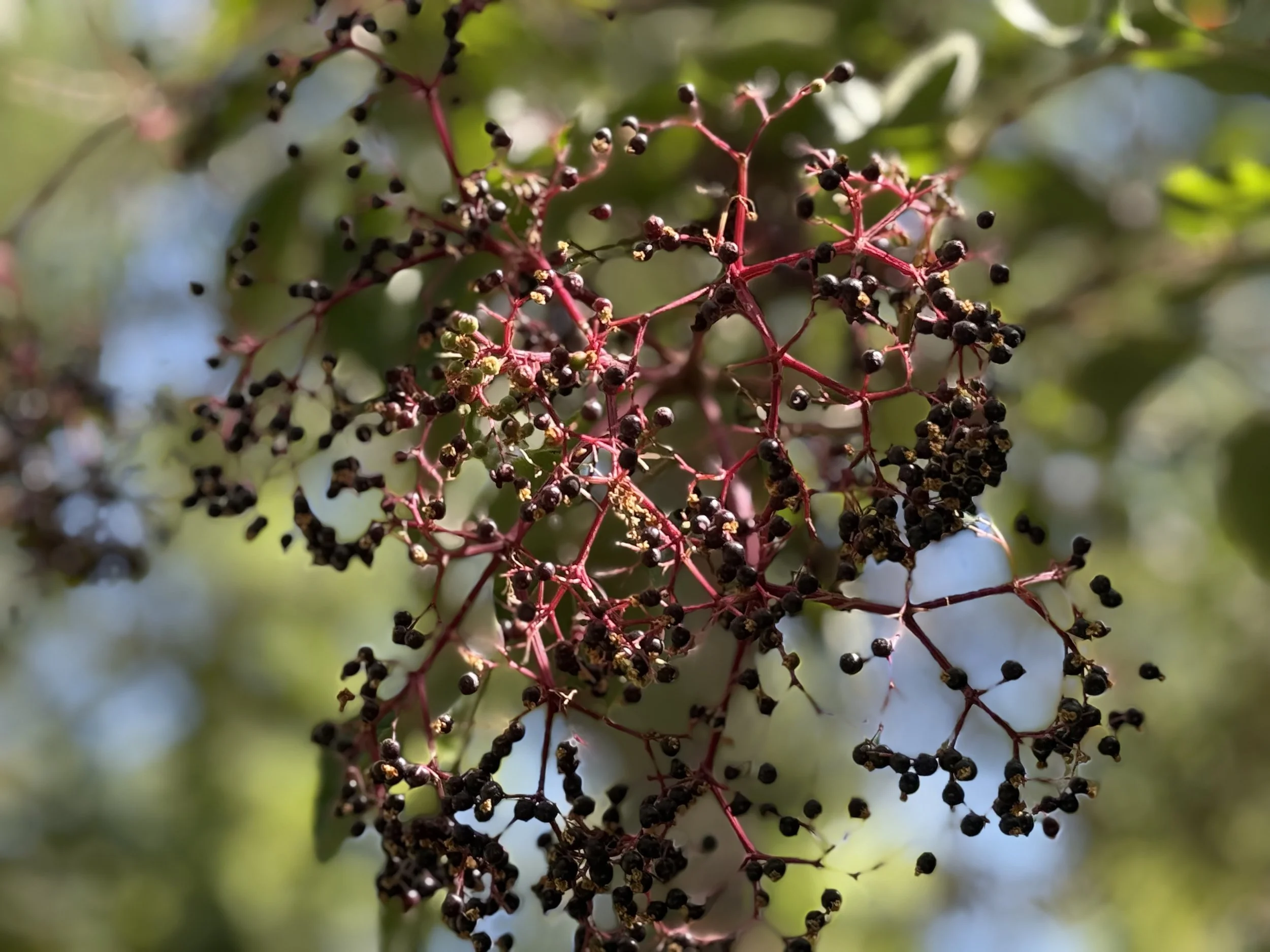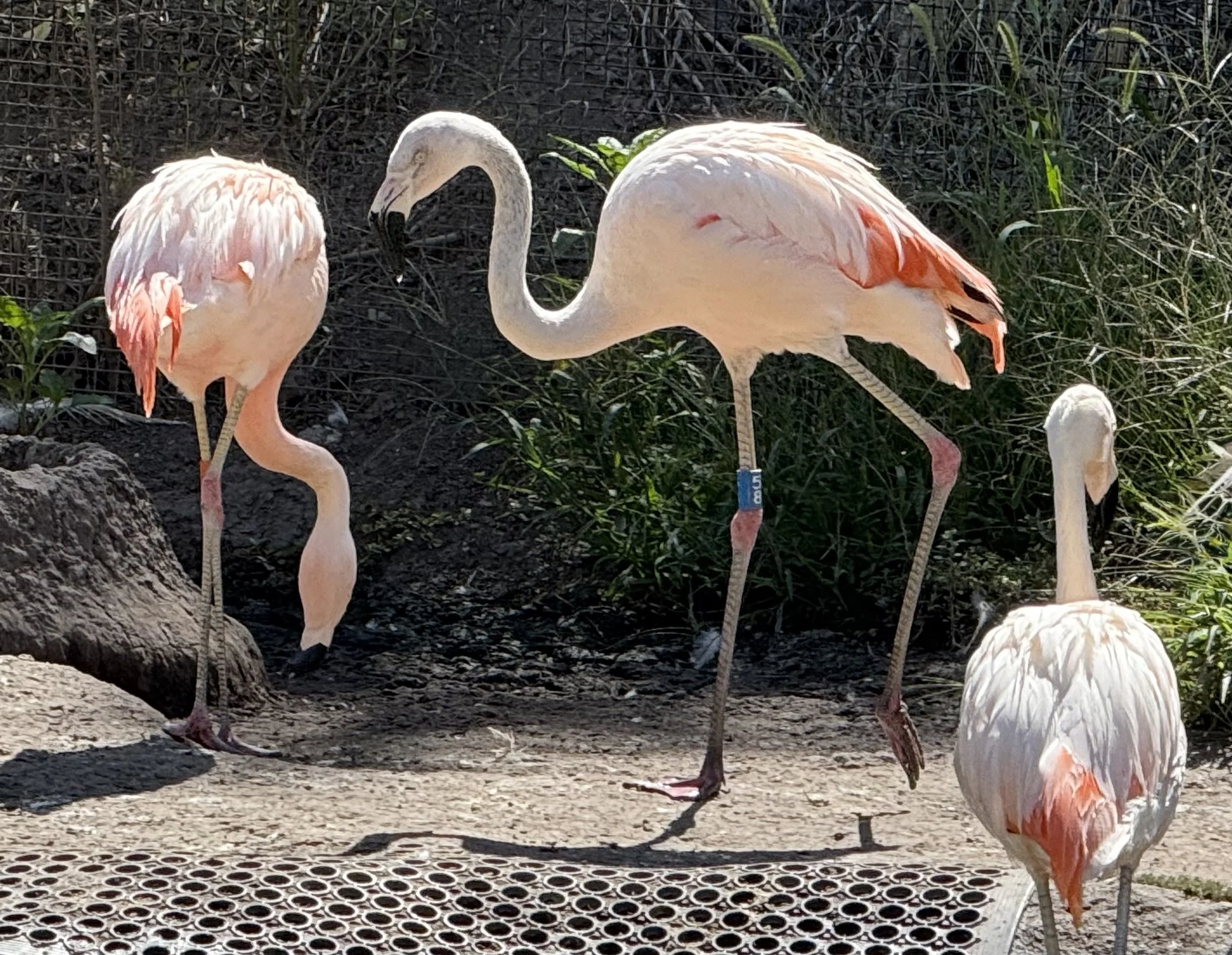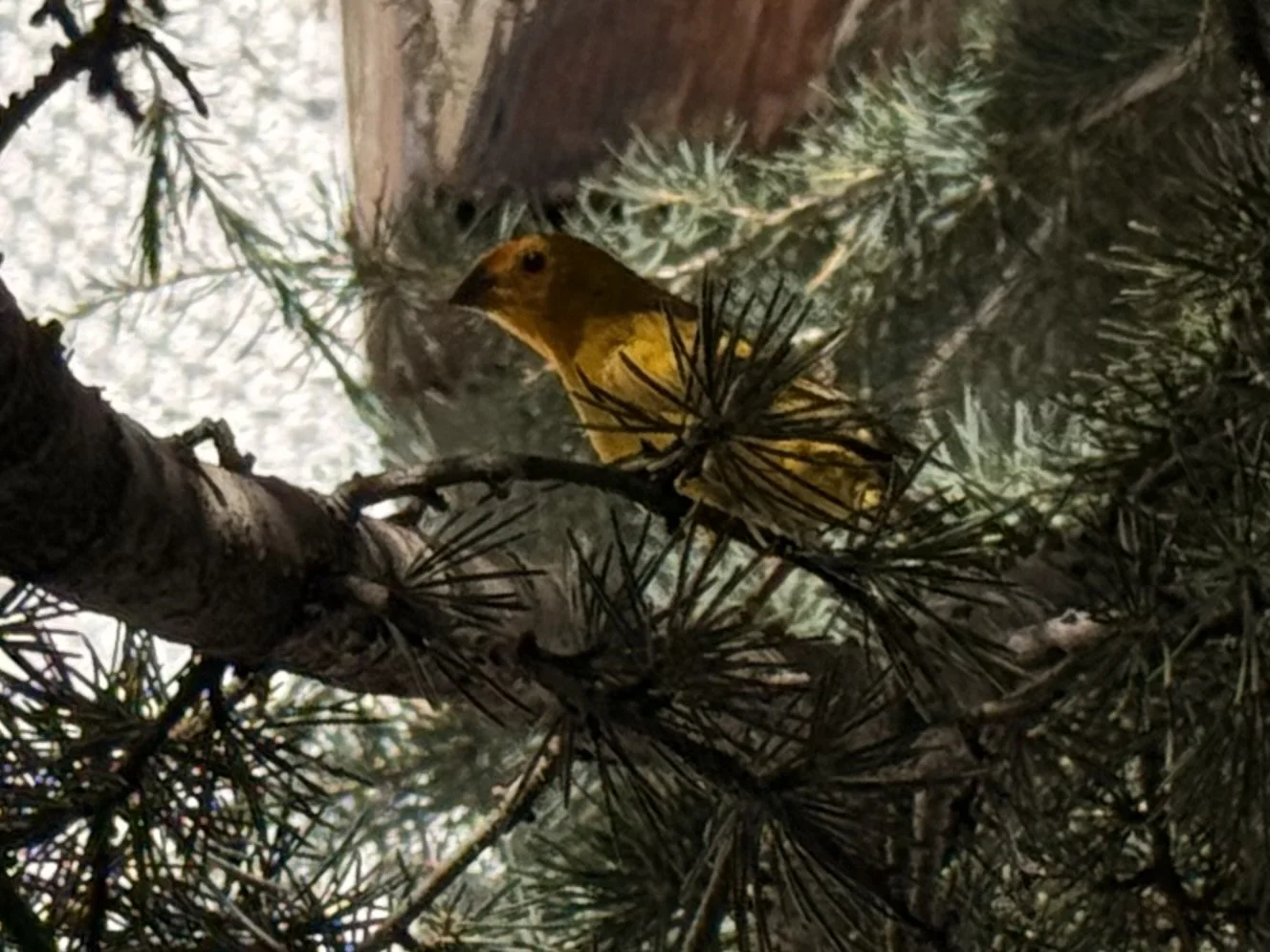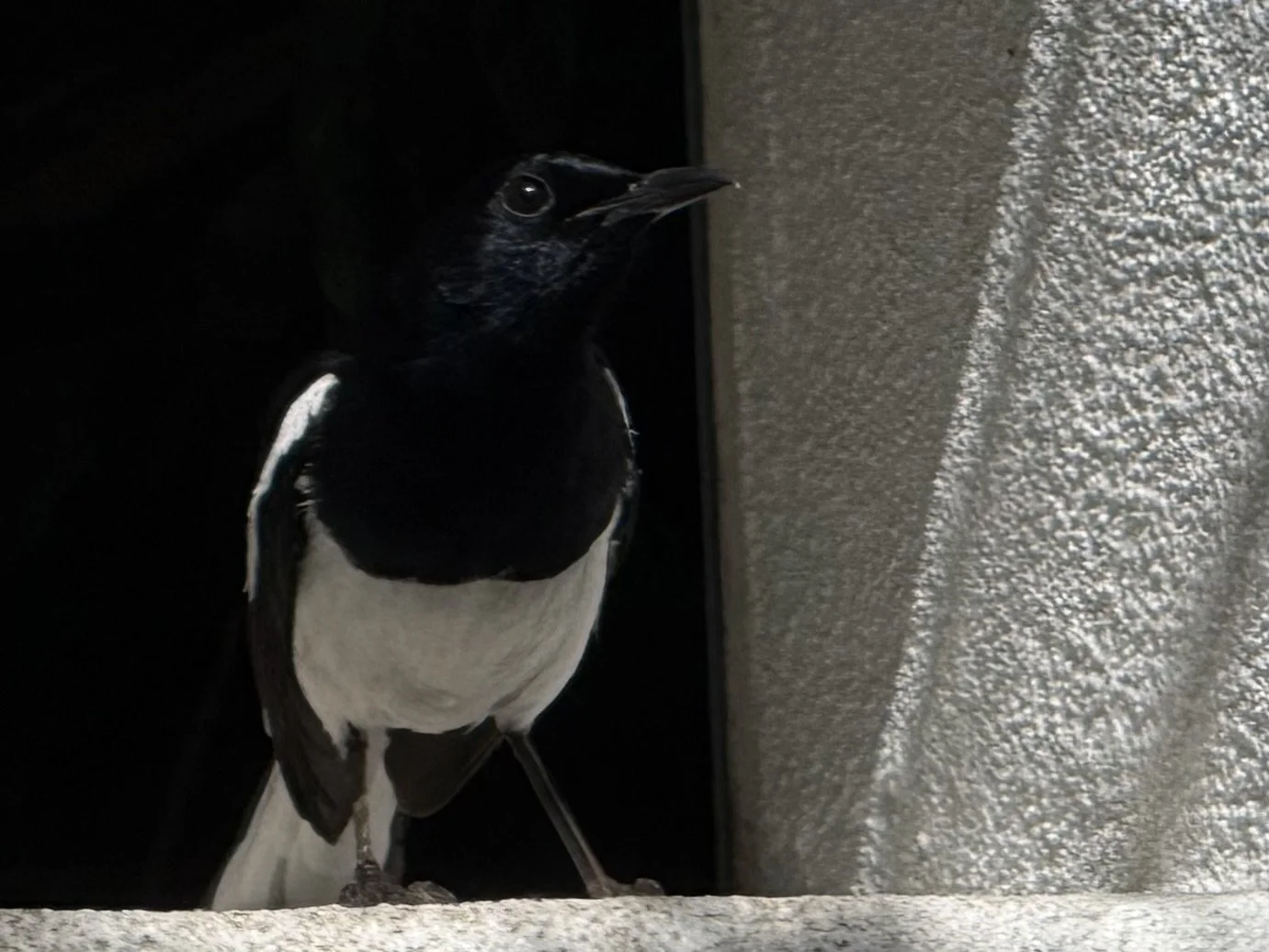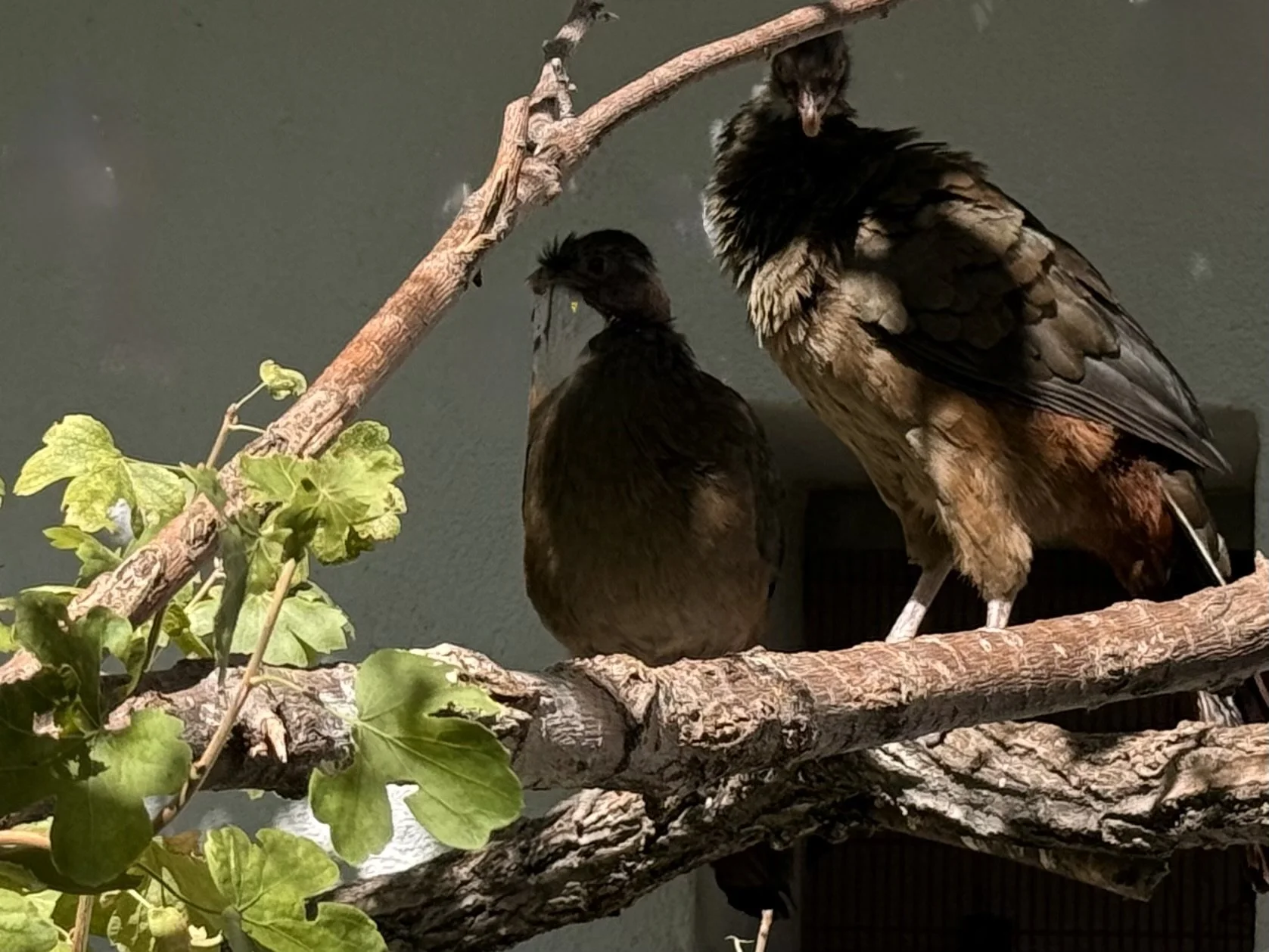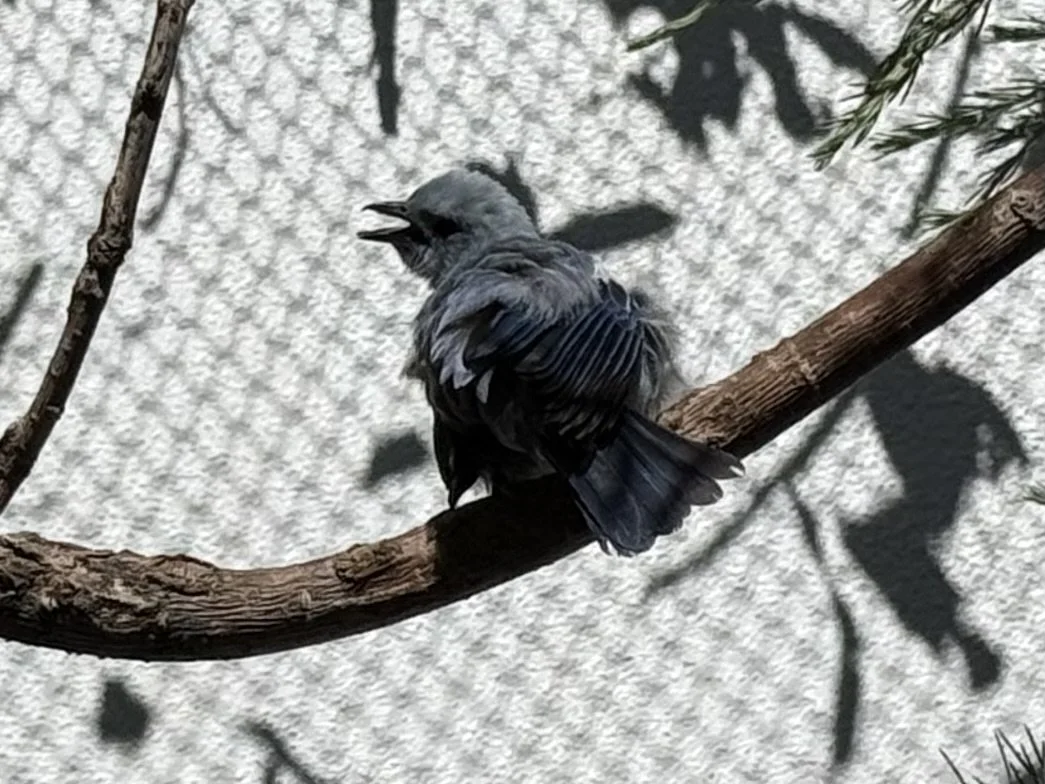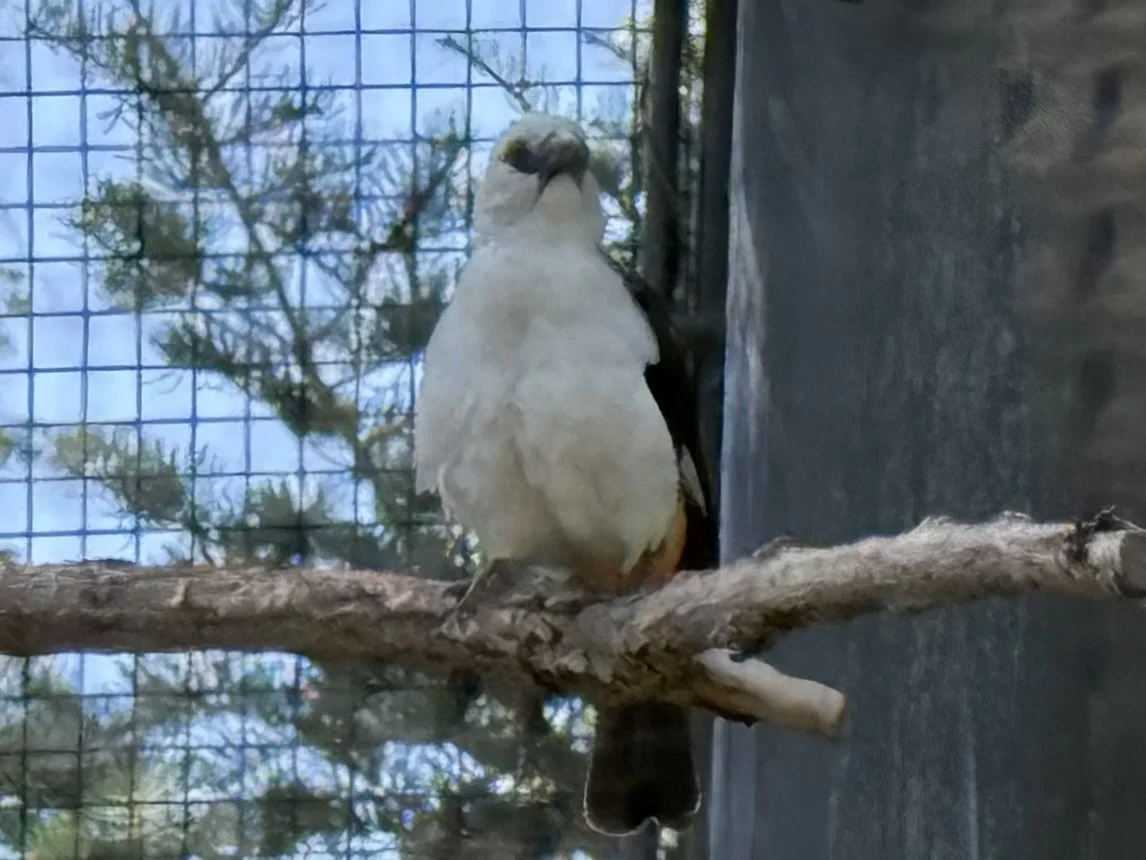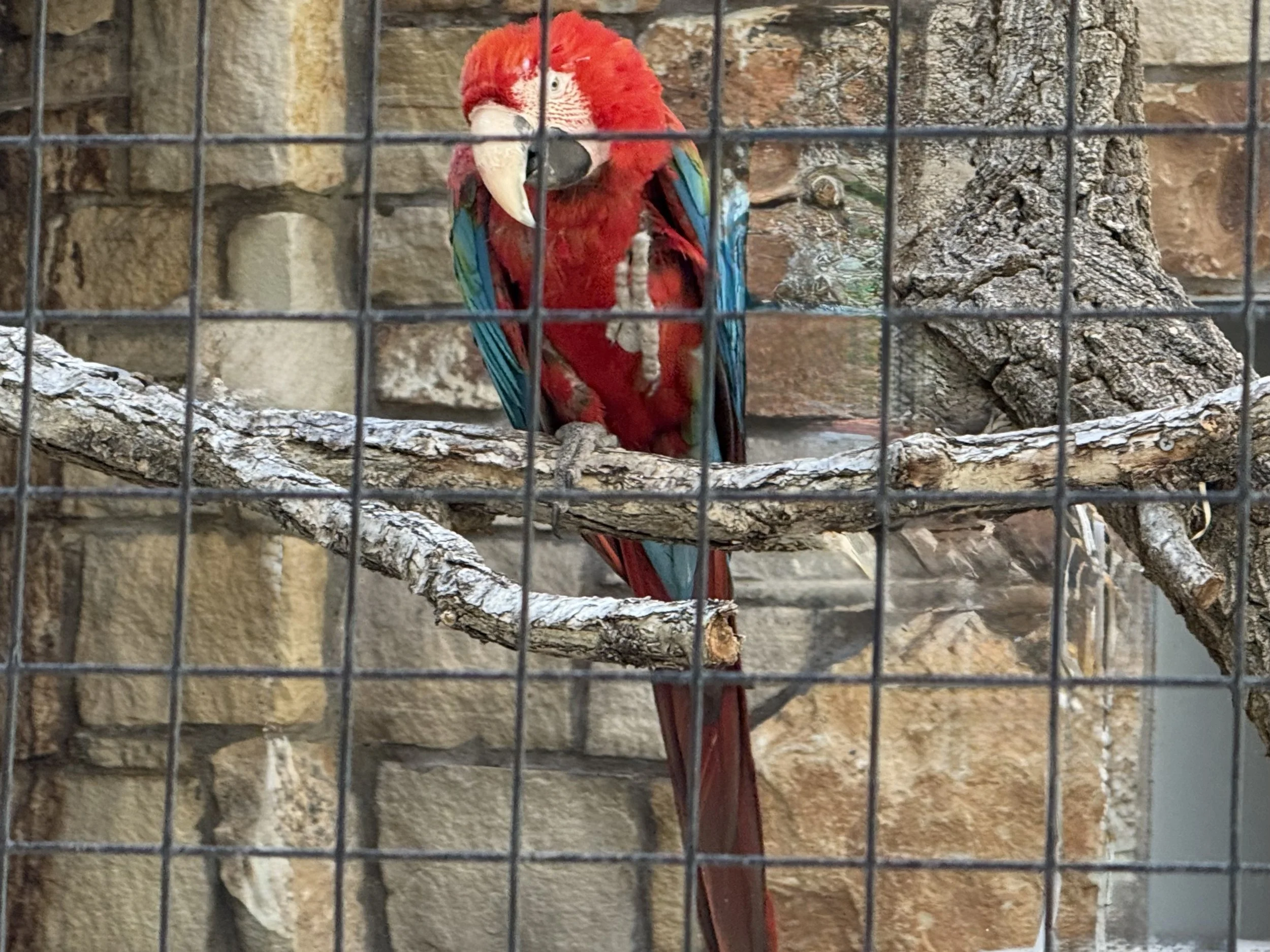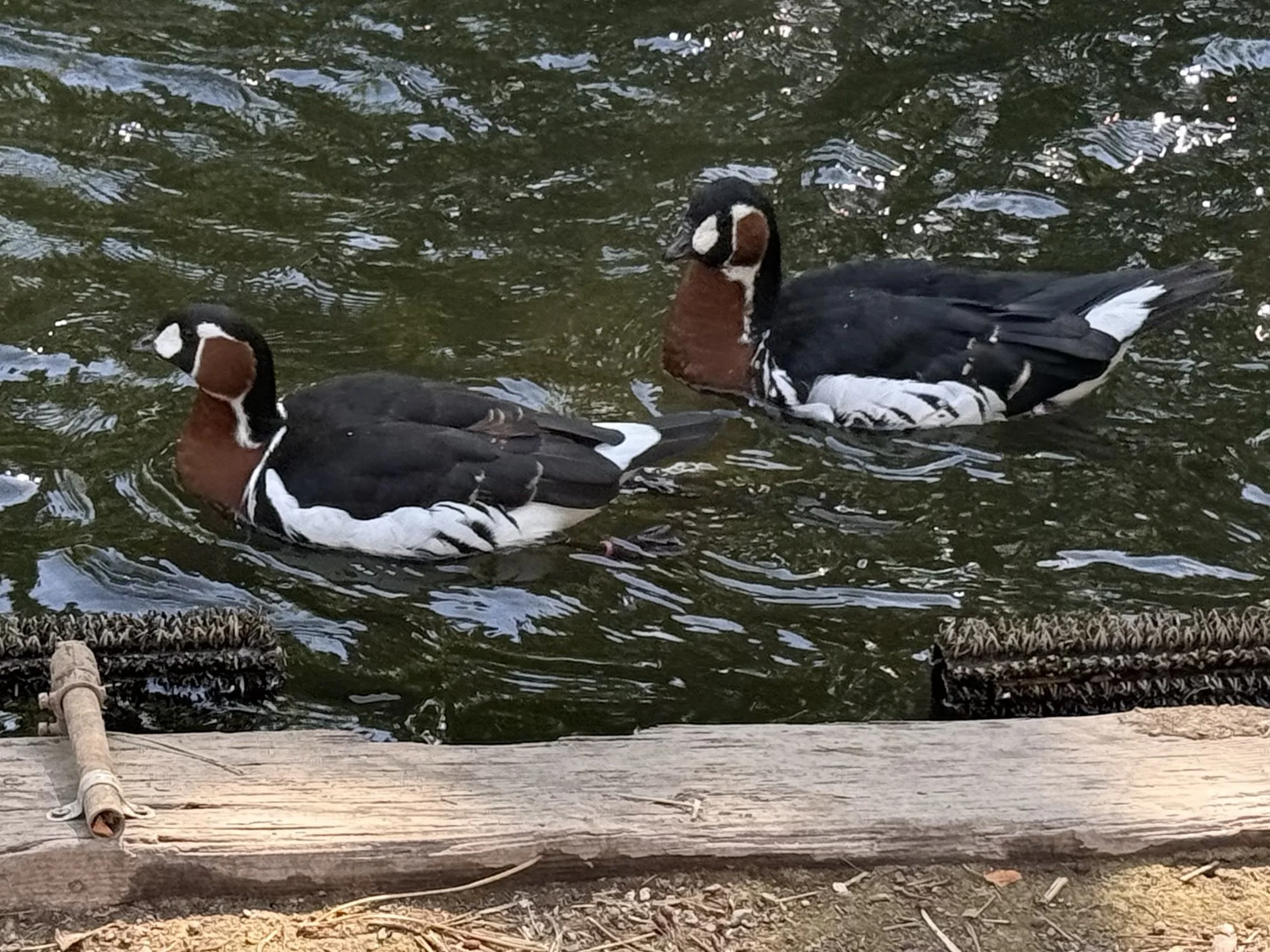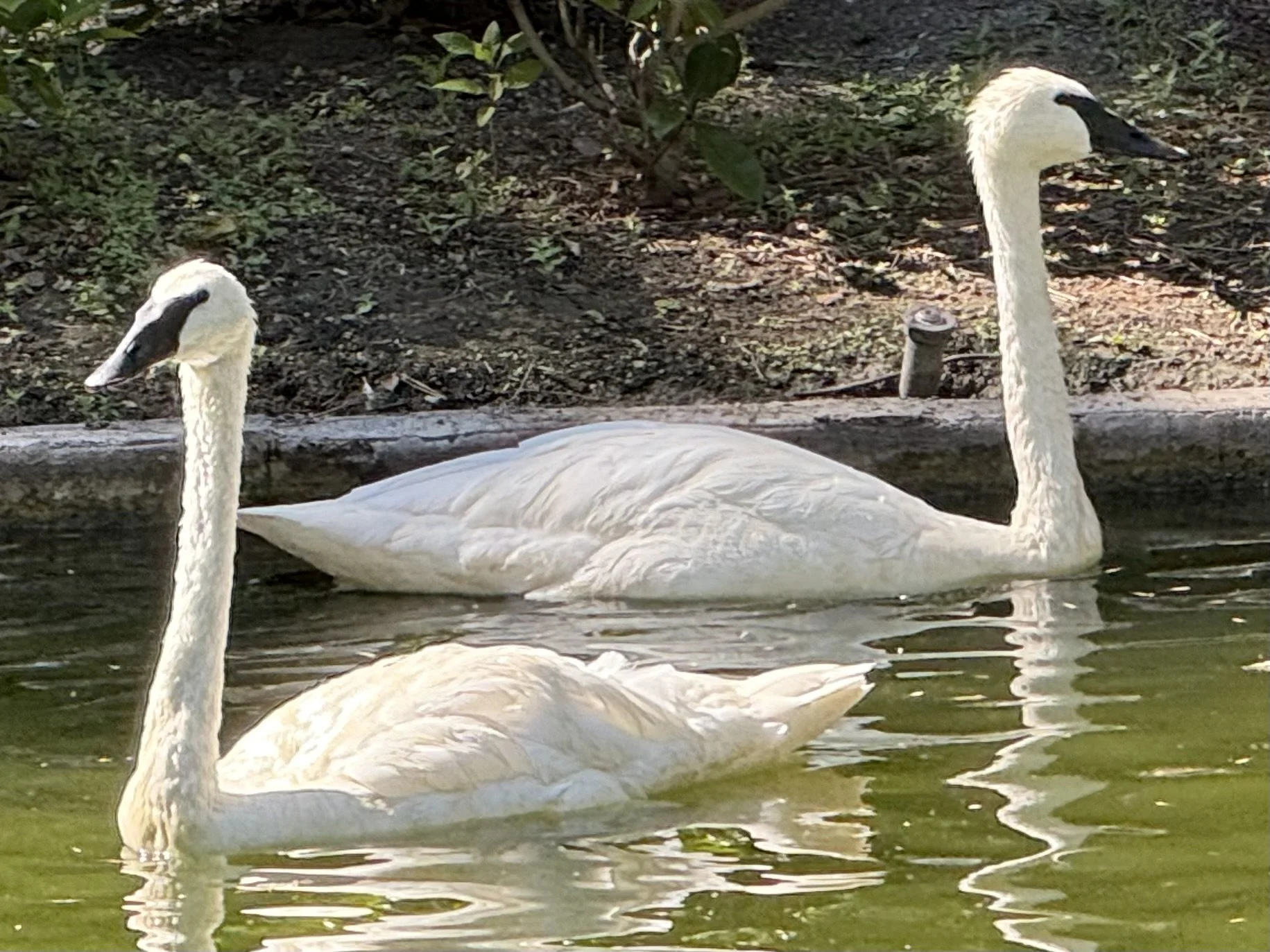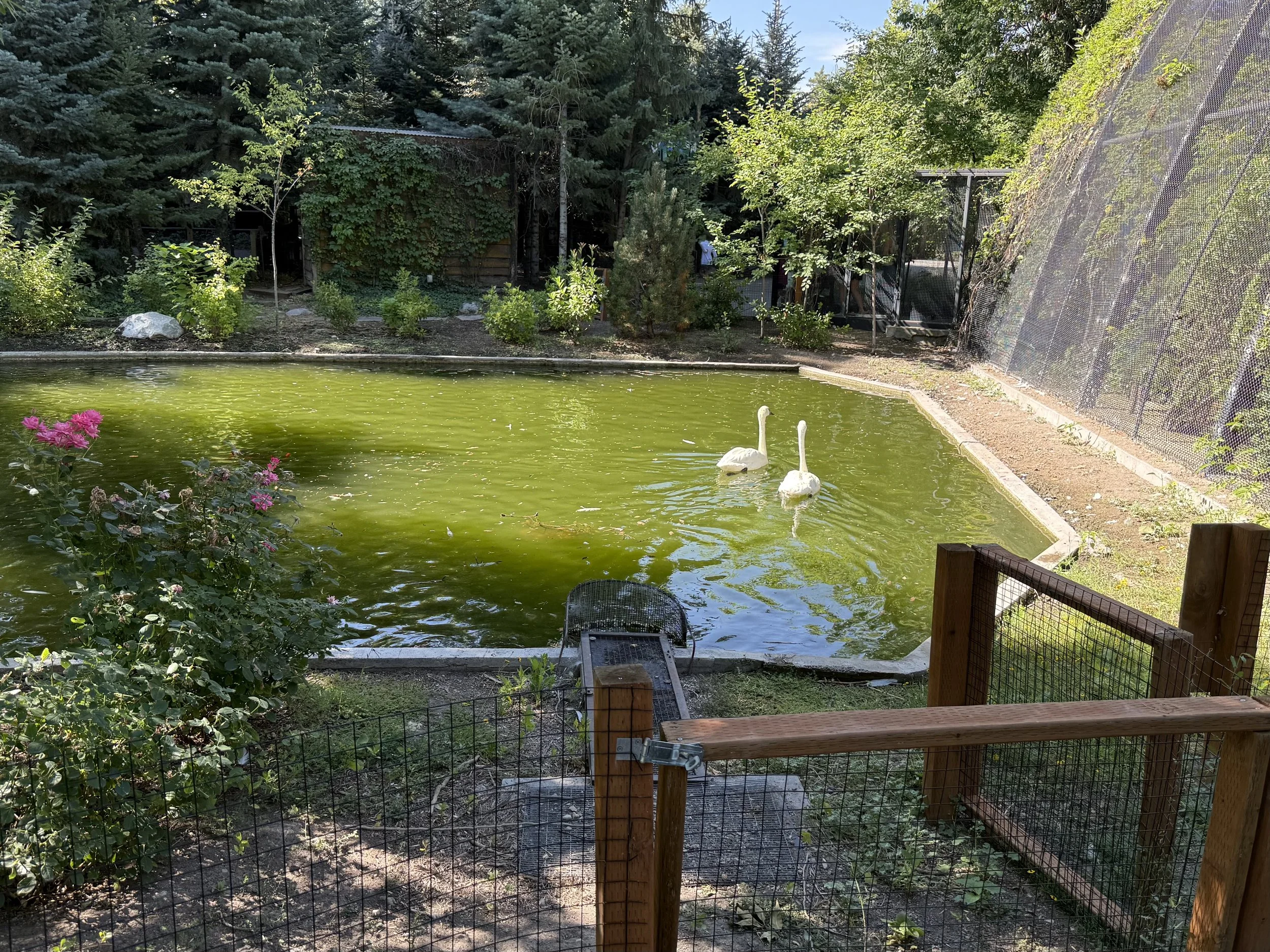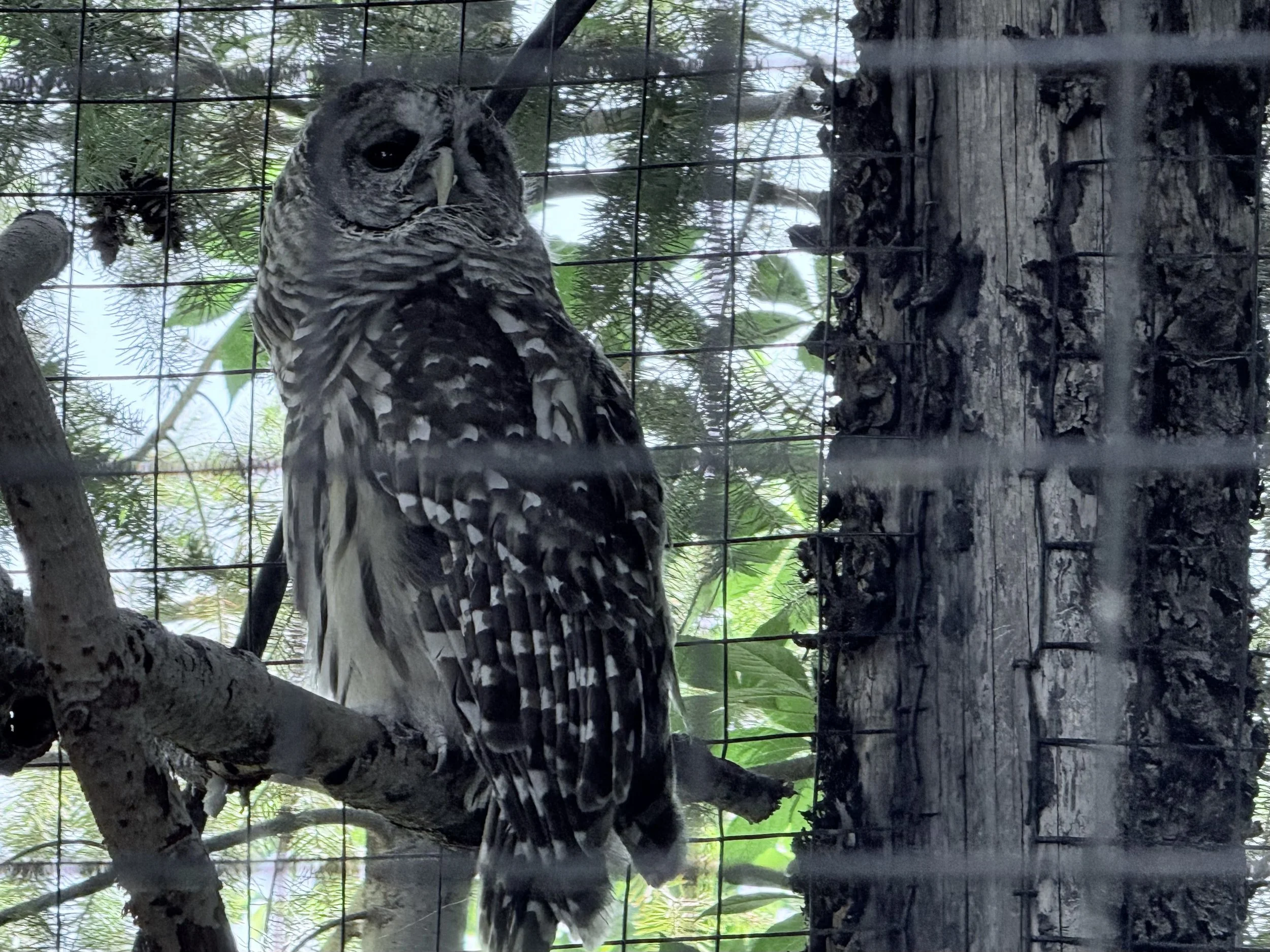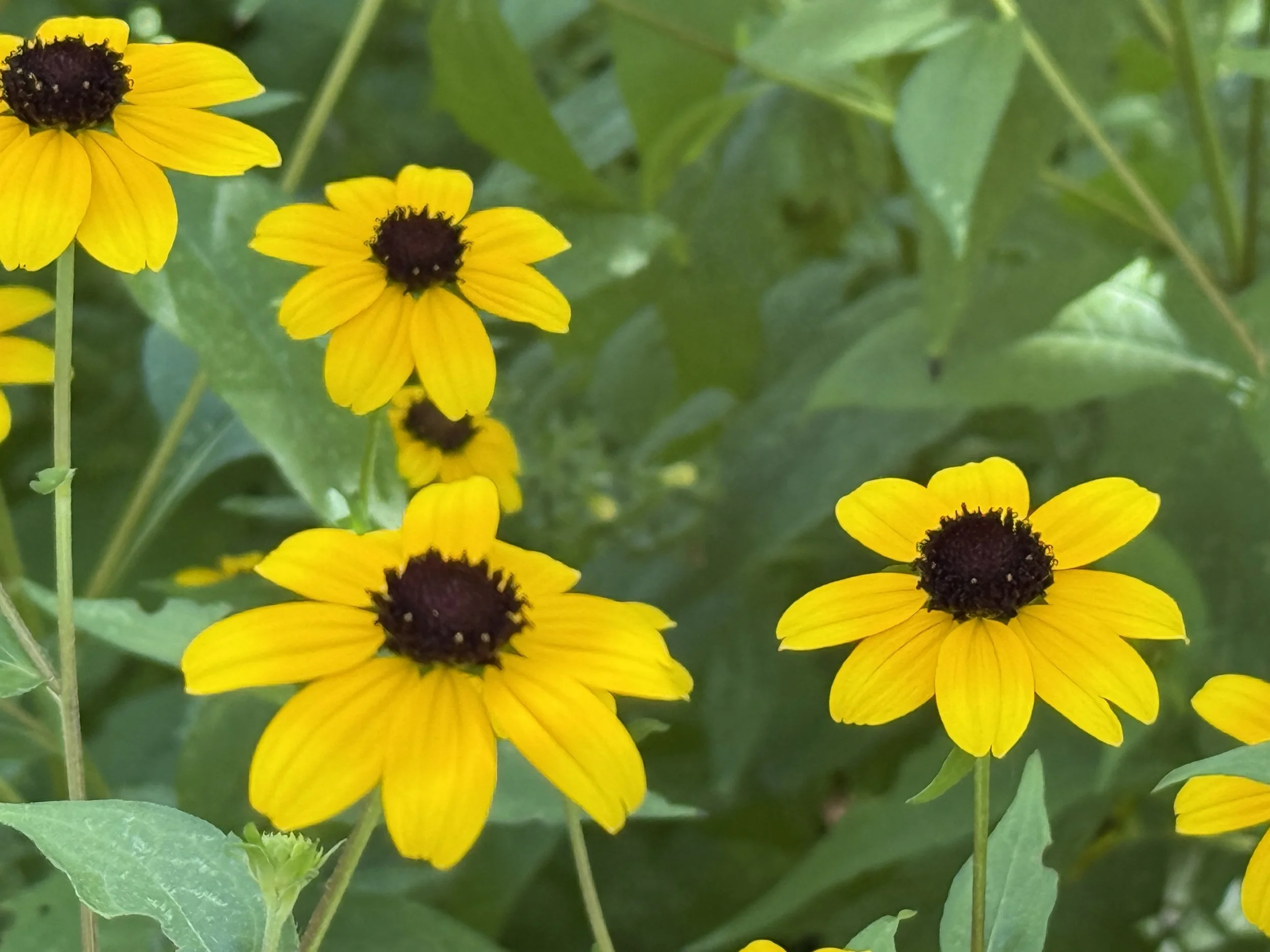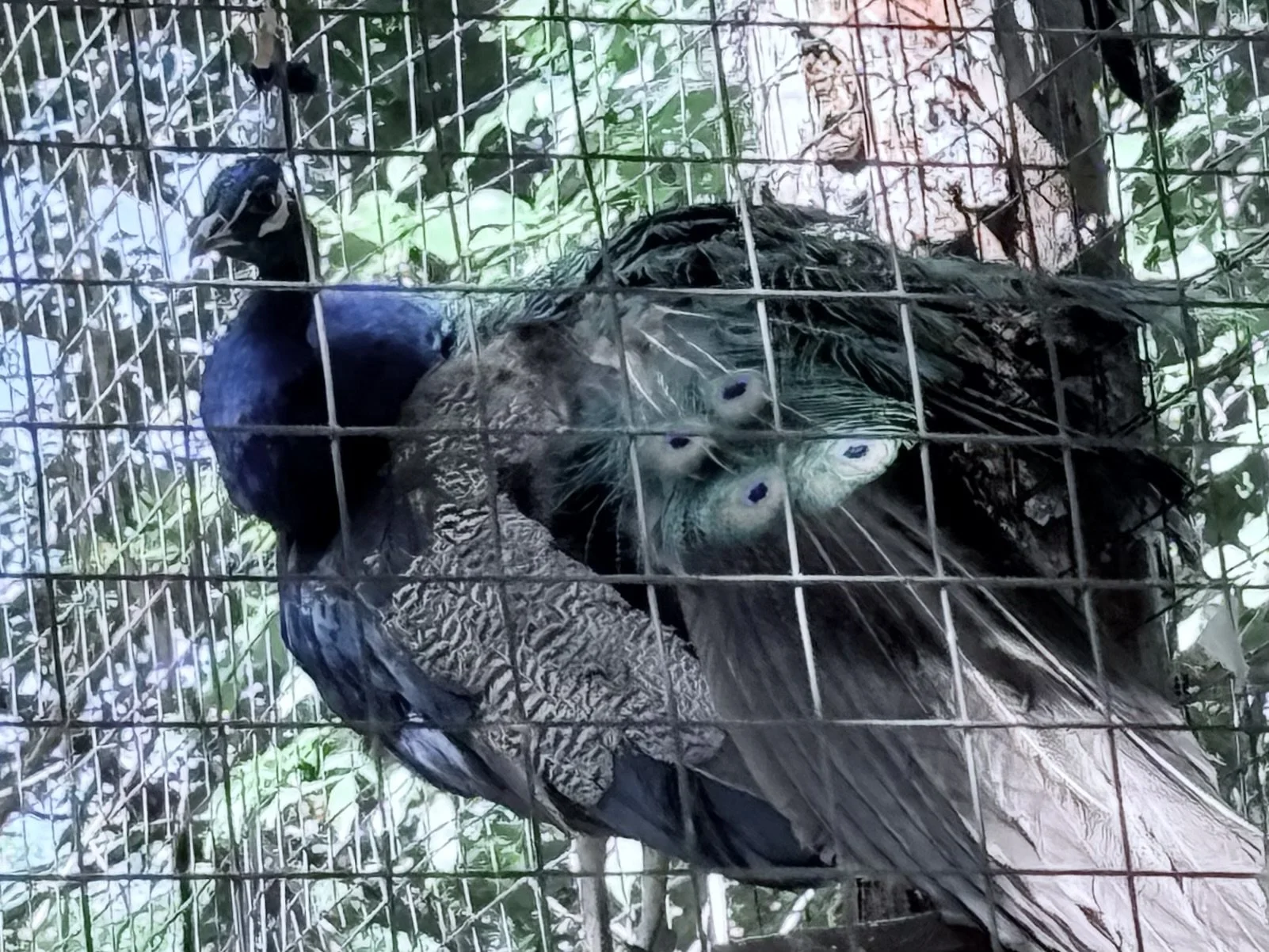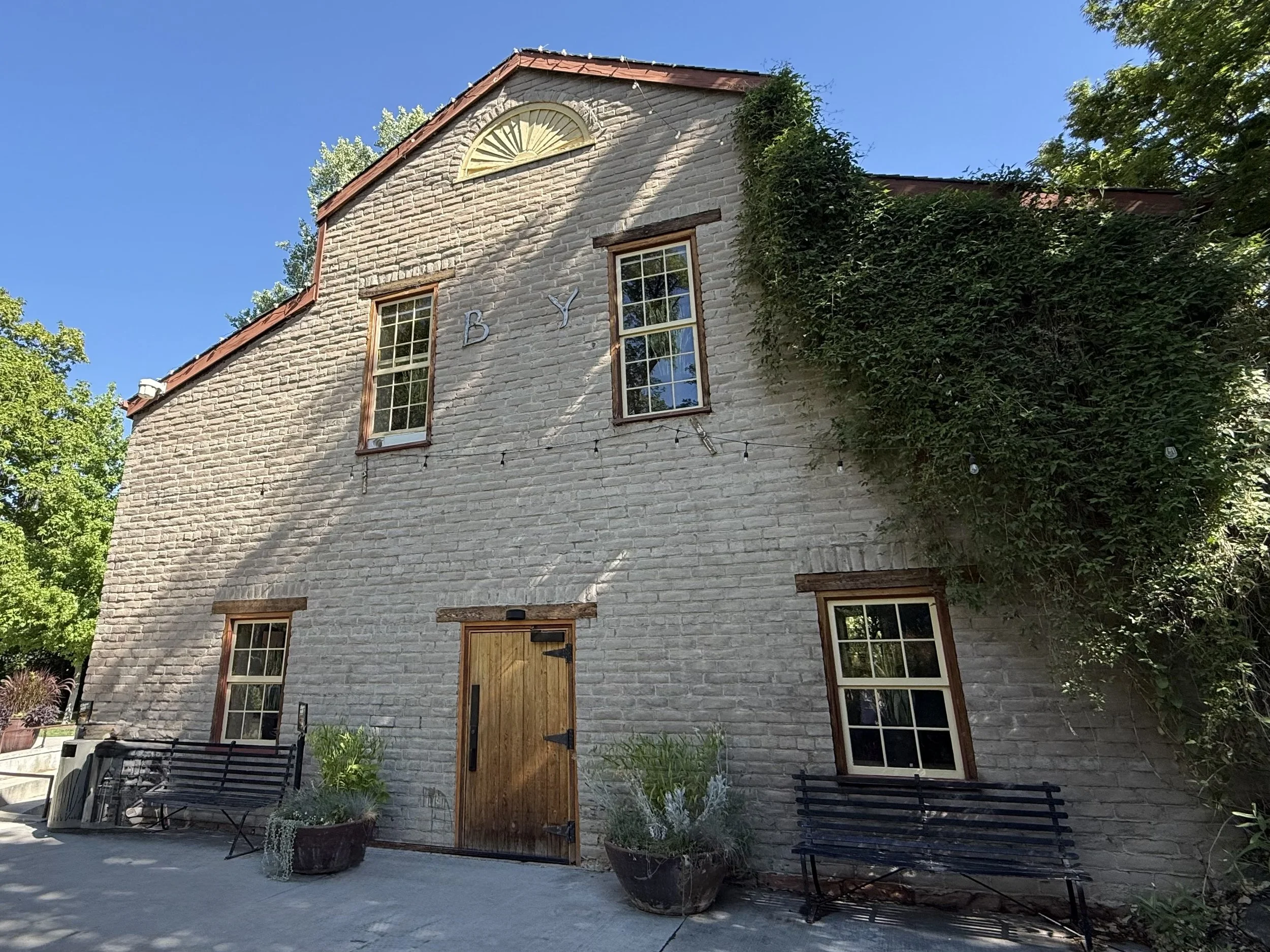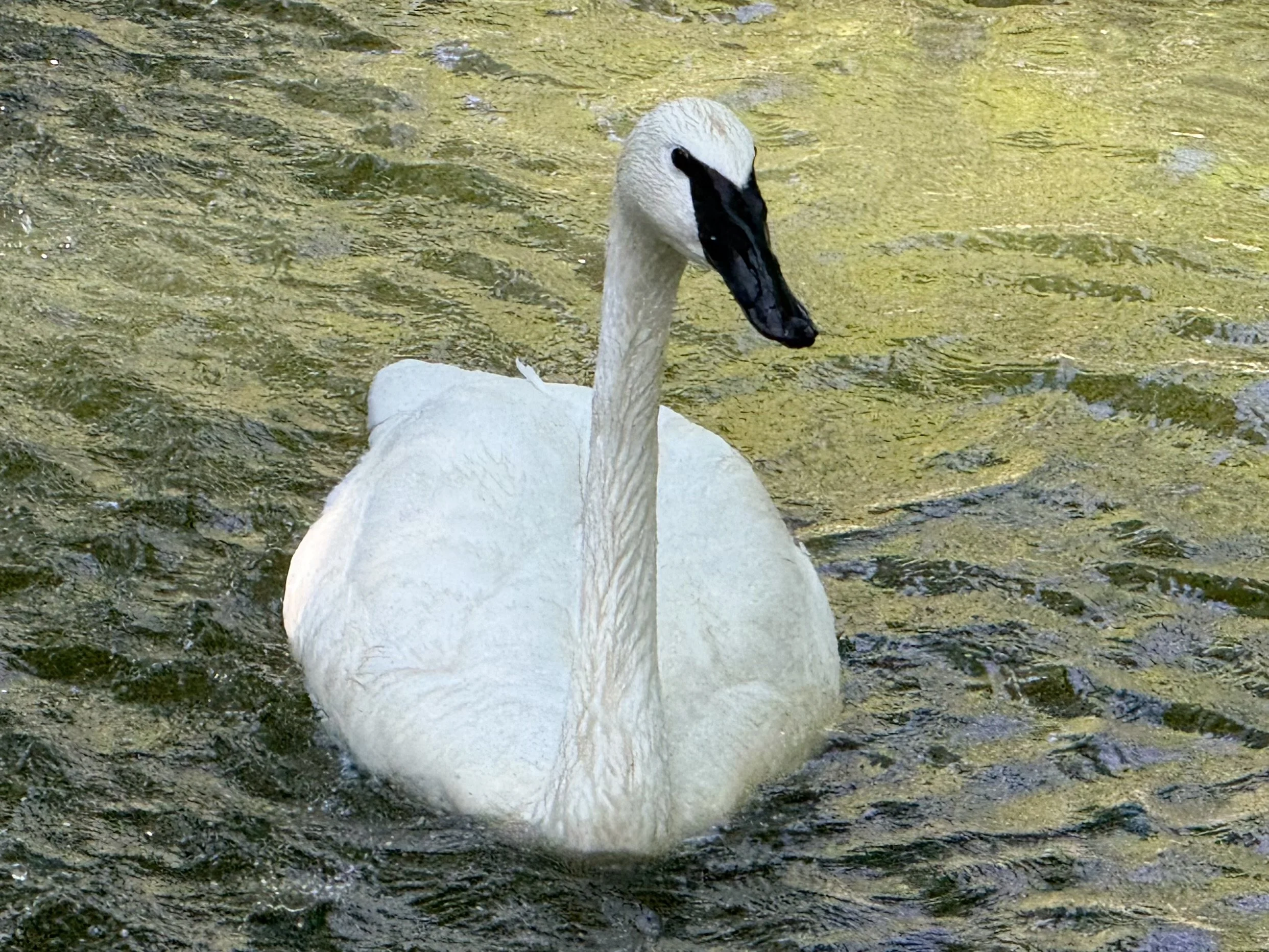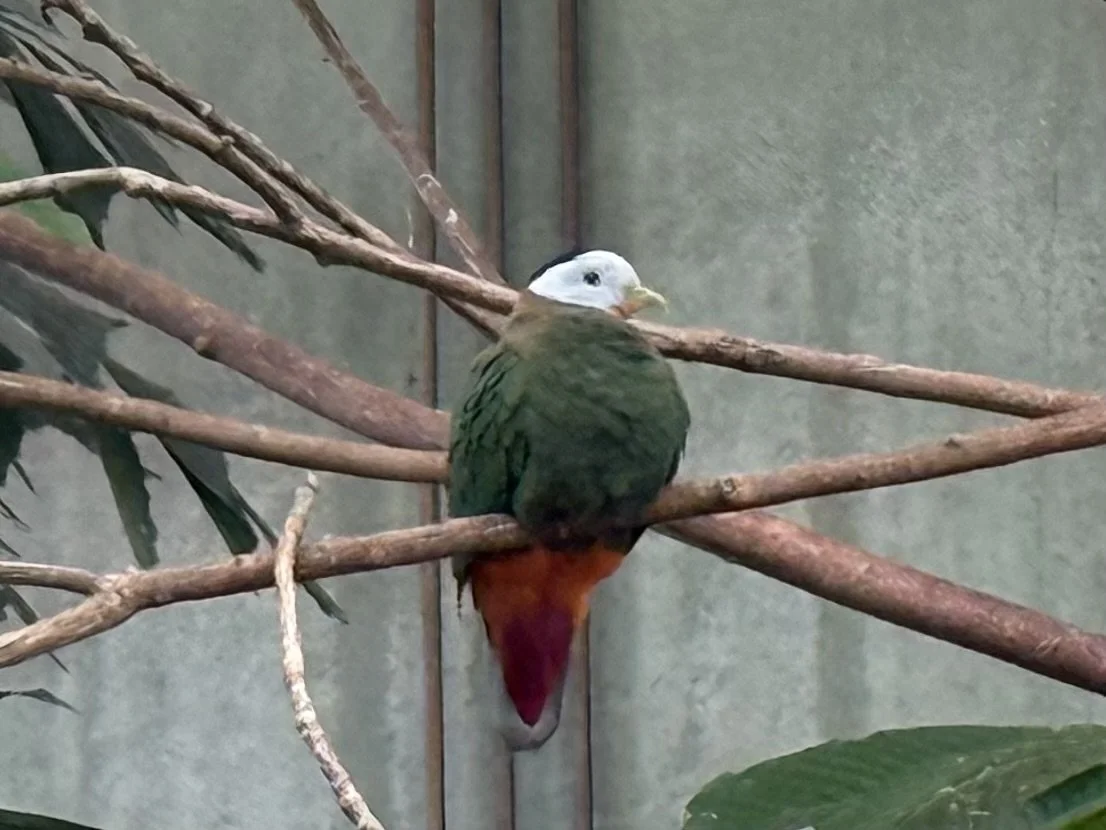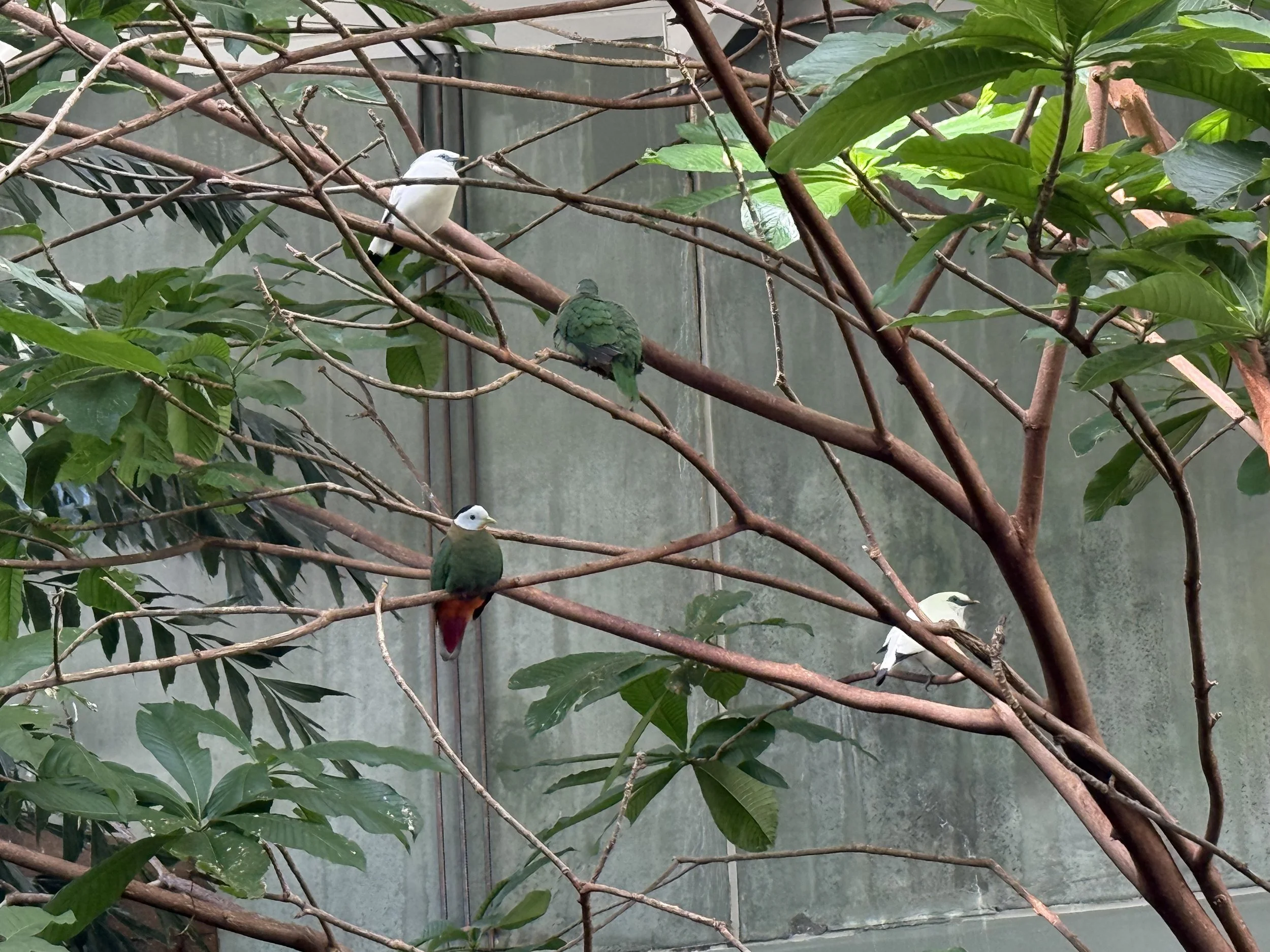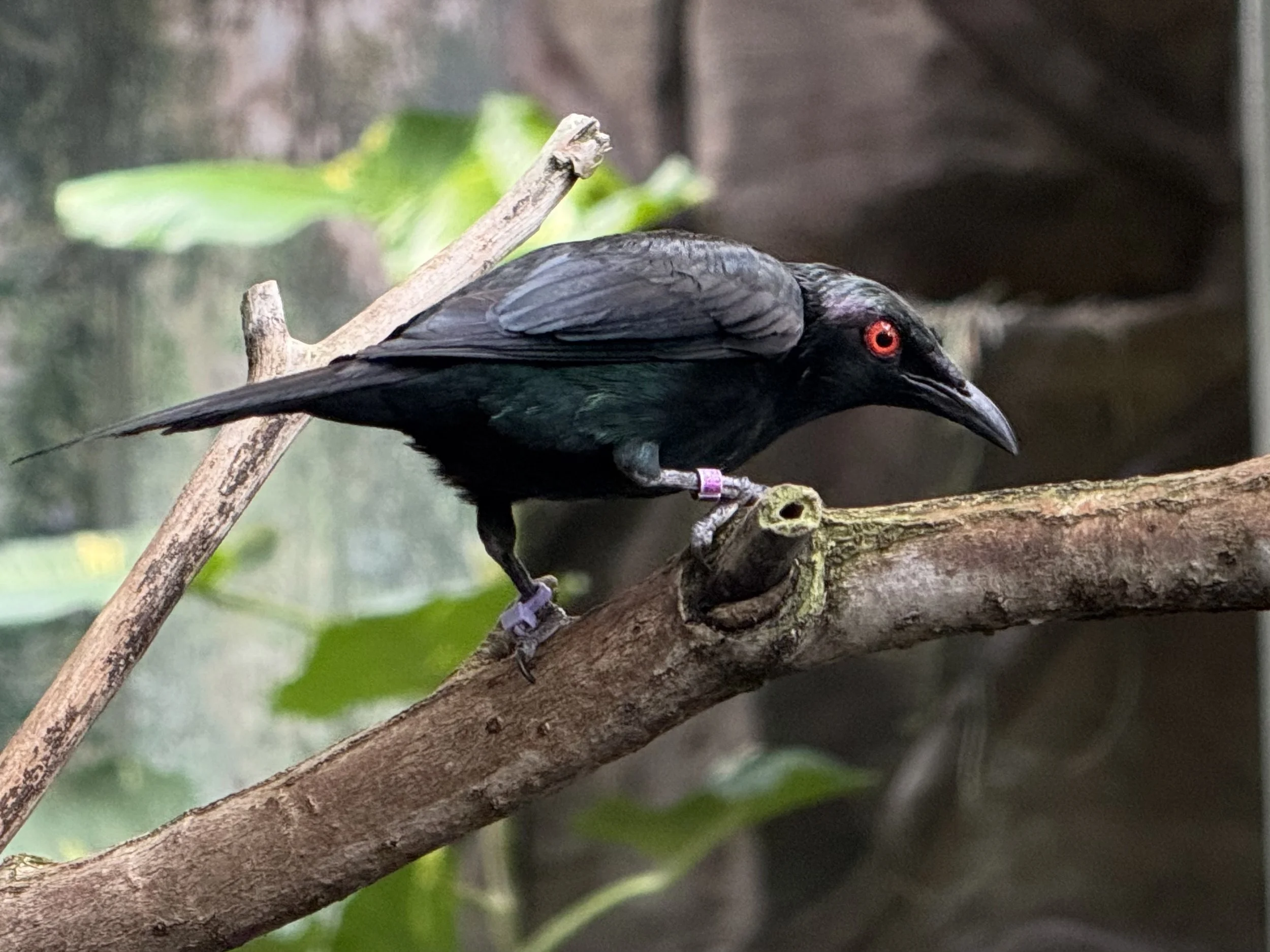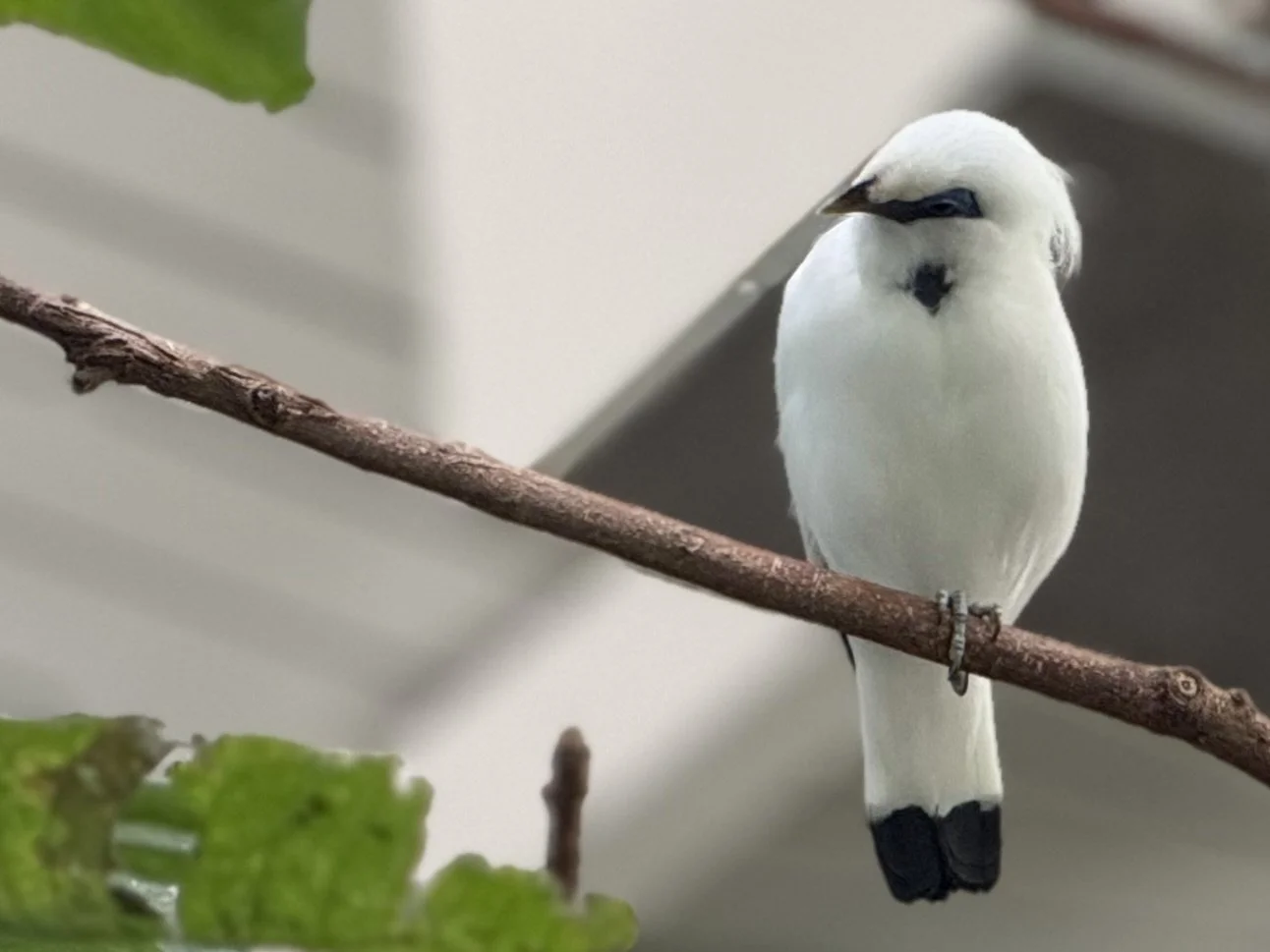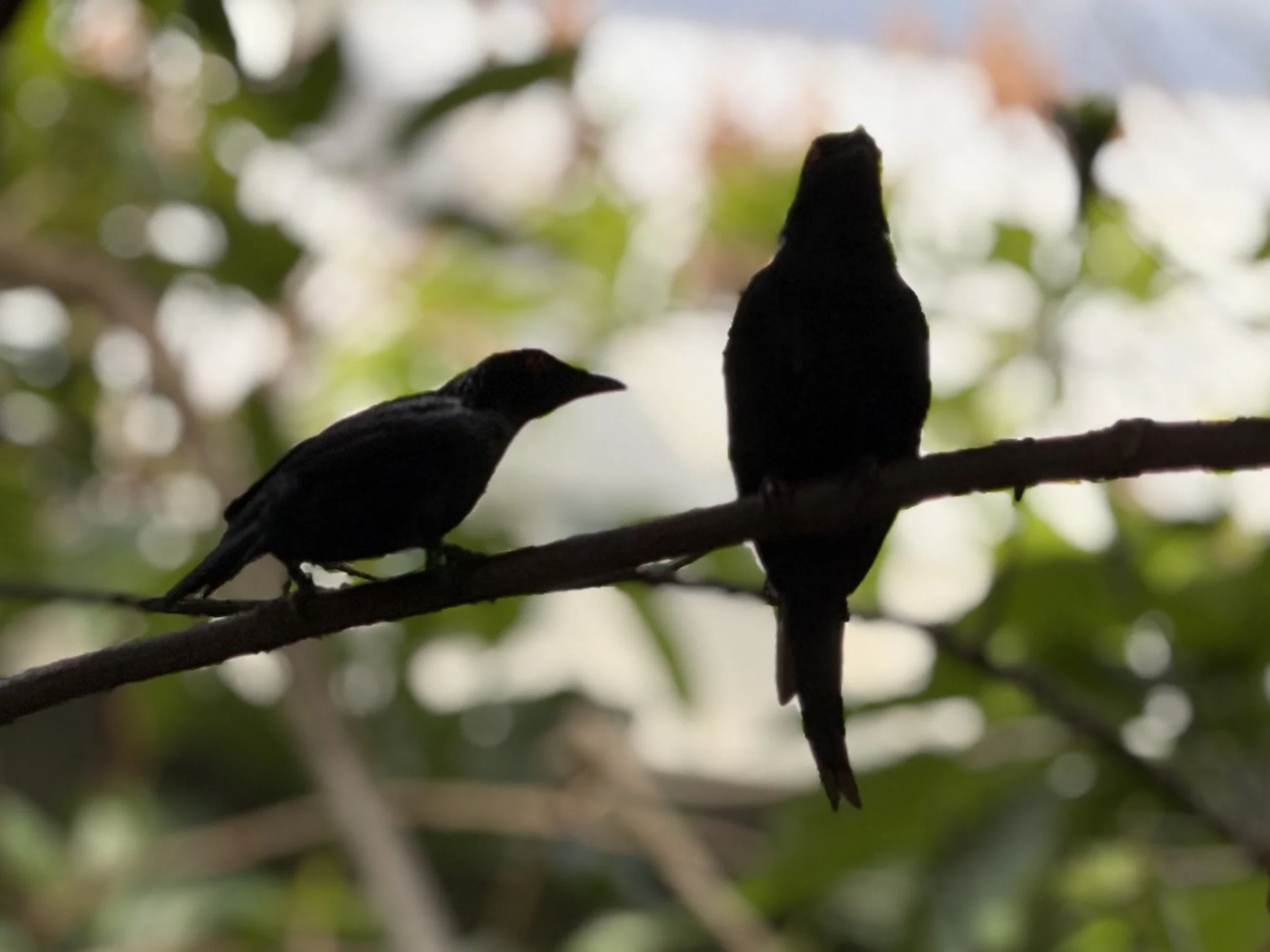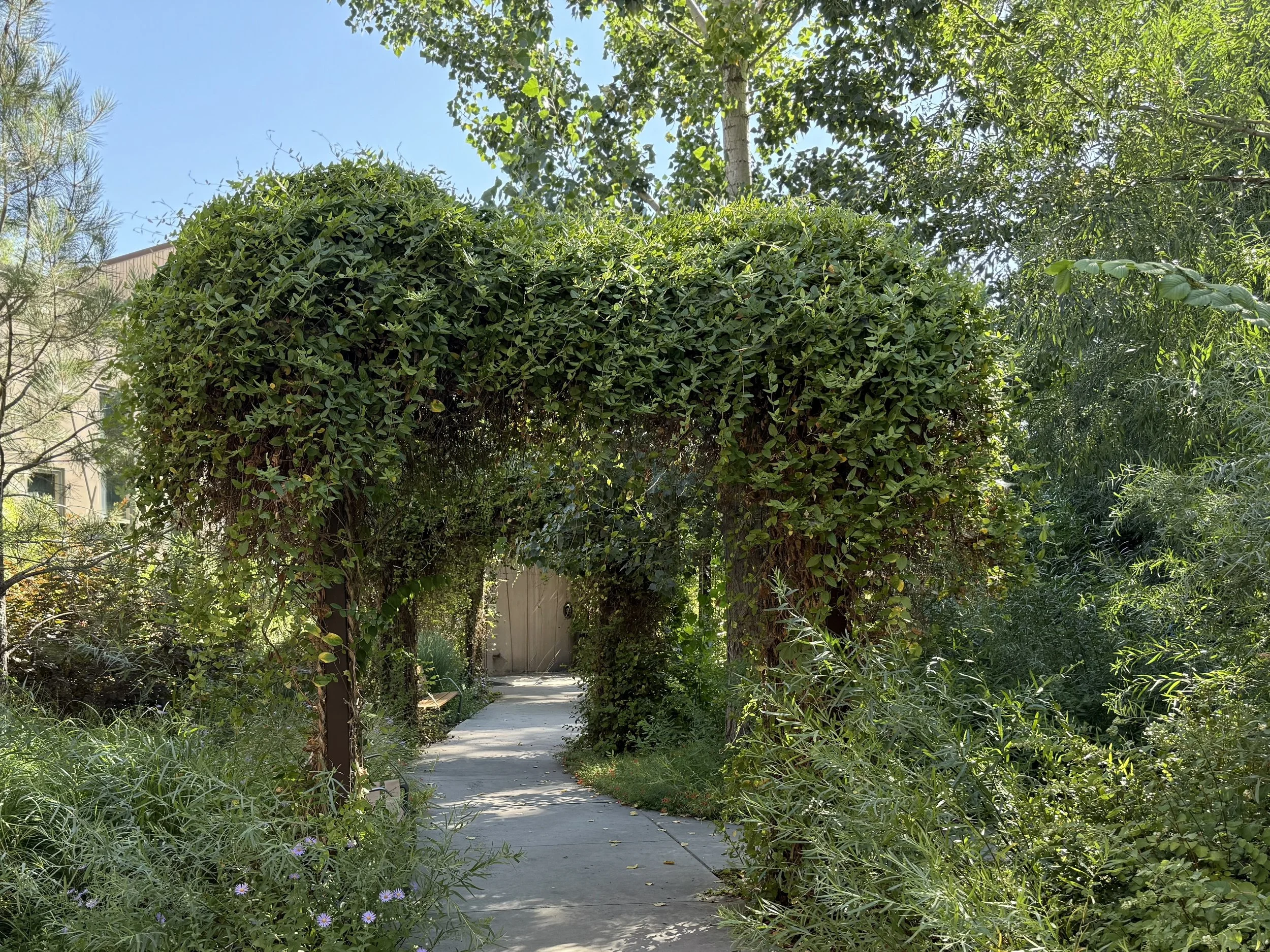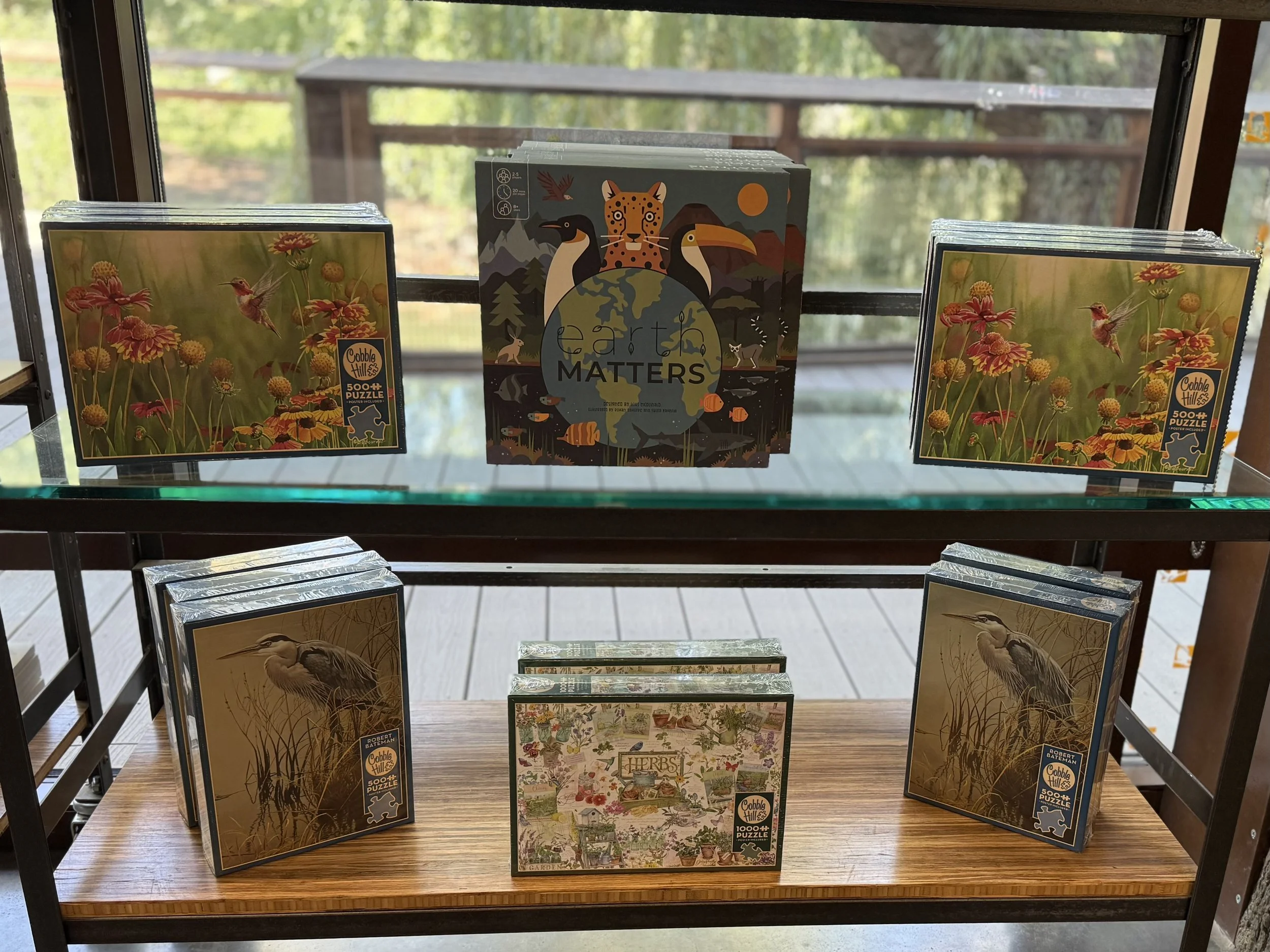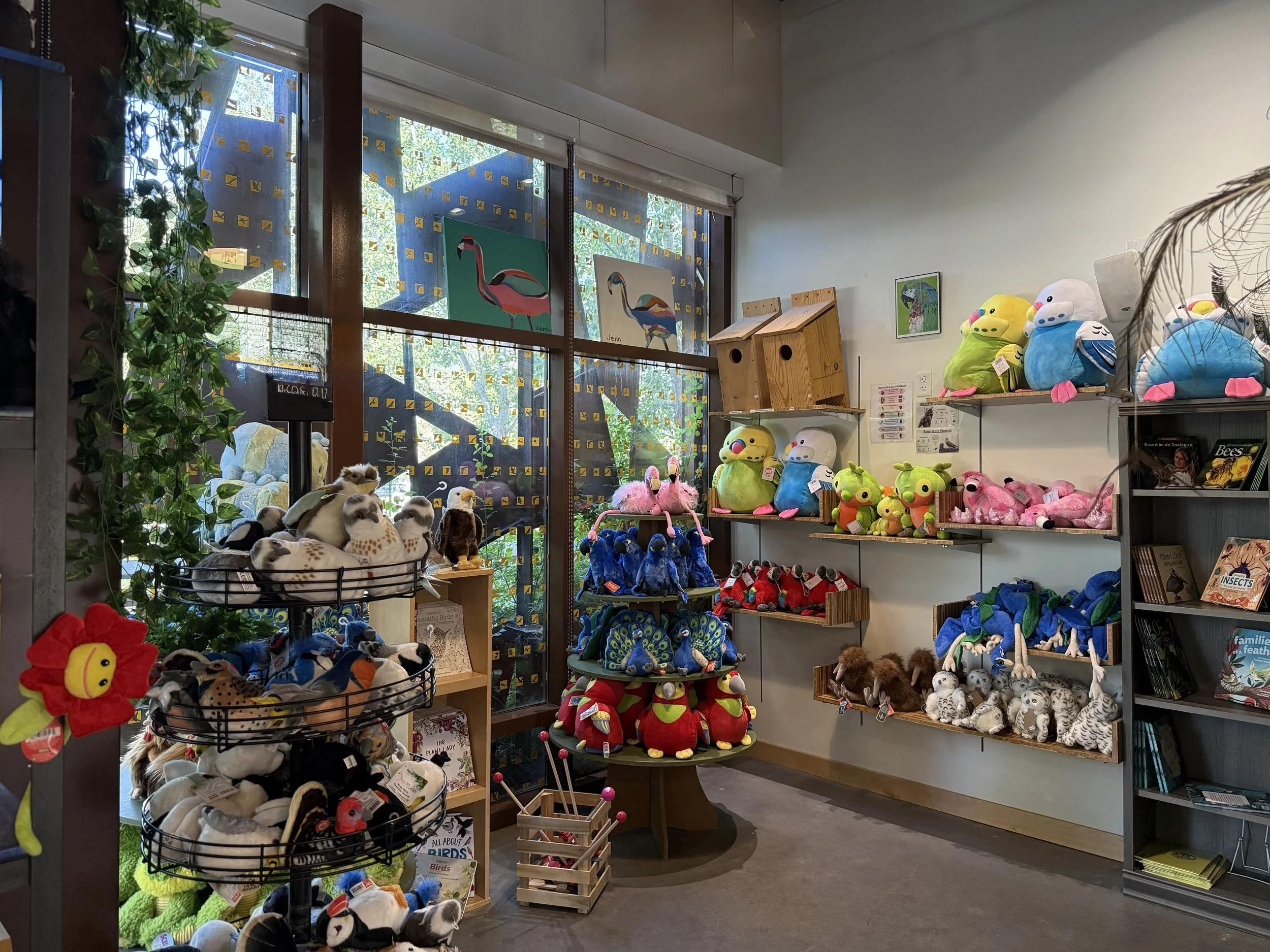Tracy Aviary at Liberty Park / Nature Center at Pia Okwai
Address: 589 East 1300 South (Tracy Aviary at Liberty Park)
3310 South 1000 West (Nature Center at Pia Okwai)
Telephone: 801-596-8500 (Tracy Aviary at Liberty Park)
801-330-5488 (Nature Center at Pia Okwai)
Website: tracyaviary.org
District: Liberty Wells (Tracy Aviary - see map below)
South Salt Lake (Nature Center at Pia Okwai)
“I like to say, ‘One mission, two locations.’” Tim Brown smiled as he spoke, the phrase capturing both the scope and the spirit of the organization he leads as President /CEO - Tracy Aviary in Liberty Park and the Nature Center at Pia Okwai along the Jordan River.
Born and raised in what he calls the “City of Salt,” Tim grew up in the same east-side neighborhood where his mother still lives more than fifty years later. With three brothers, his childhood revolved around sports - not nature - though the outdoors was always just beyond the backyard fence. “I wouldn’t say I was exposed to a lot of nature growing up,” he admitted. His eventual path to a career in conservation came almost entirely by chance.
That path began when Tim headed to the University of Vermont, drawn by the chance to explore the East Coast, study natural resources, and play hockey. He checked “wildlife biology” on the hard-copy application while his mother was calling him to dinner - a quick decision that would shape his future. A torn rotator cuff his freshman year ended his hockey ambitions, and by sophomore year, he realized he genuinely enjoyed learning about wildlife and the natural world. He graduated in 1989 and returned to Utah “for the skiing,” spending winters as a ski bum and summers as a river guide.
Those seasons on the river sharpened Tim’s awareness of how captive those trips could make an audience - often well-traveled, well-resourced people spending days immersed in nature. “We weren’t taking full advantage of that situation to convince those people they should be advocates for nature,” he said. Later, working as a fish technician for the Division of Wildlife Resources, he saw how dams disrupted the life cycles of endangered fish. “It seemed clear to me we didn’t just need scientists; we needed the political will to change attitudes.” That realization pulled him toward environmental education - “teaching people how to think, not telling them what to think.”
In the early ’90s, Tim began volunteering for the Utah Society for Environmental Education, eventually managing an Environmental Protection Agency environmental justice grant. By 1996, he was the organization’s director. Along the way, he pursued a master’s degree in community and environment through Antioch University in Seattle, a remote program that required only brief on-campus residencies - “pretty cutting edge” at the time.
After a short leadership role at another conservation nonprofit, it became clear to Tim that working for something he was truly passionate about was essential. That clarity came in 2005 when he became executive director of Tracy Aviary.
Founded in 1938, Tracy Aviary occupies part of what was once Salt Lake City’s original zoo, dating back to 1911. In those early years, the zoo’s most famous resident, Princess Alice the elephant, had a habit of escaping and wandering through the neighborhood, sometimes adorned with laundry from nearby clotheslines. When the zoo moved to its current site at Hogle Zoo, local banker Russell Lord Tracy donated his collection of over 200 birds - noisy peacocks included - along with $10,000, to create the aviary. Calvin Wilson, recruited from Los Angeles, served as the first superintendent; his daughter Janelle still volunteers at the aviary today.
By the time Tim arrived, the aviary needed major updates. In 2006, it was denied accreditation by the Association of Zoos and Aquariums - not for animal welfare, but for outdated infrastructure. Two years later, a voter-approved bond provided $19.6 million in public funds, matched with $15 million in private donations, which has led to a total transformation of the Liberty Park campus.
The transformation of the aviary included not only new and renovated exhibits - such as Treasures of the Rainforest, the Kennecott Wetlands, and the South American Pavilion - but also whimsical gardens and secret paths designed to spark discovery. “At the end of the day, we try to connect people to nature,” Tim explained, “not just through the exhibits but through the landscape.” Competing head-to-head as a traditional zoo was never the aim; by leaning into conservation, education, and unique experiences, the aviary could stand apart.
Around 2015, the board began looking west. “I-15 is a significant divider,” Tim said. “We wanted to build a nature center on the west side, adjacent to the Jordan River, to serve members of our community that have fewer community amenities.” When Salt Lake County offered a long-term lease on a parcel near the new men’s Homeless Resource Center, Tracy Aviary embraced the chance to create a positive, safe green space in an underserved area.
The Nature Center at Pia Okwai - its name drawn from the Shoshone reference for the Jordan River, meaning “big flow” - began with eight acres and has since grown to twelve. The landscape, once sod and weeds, is now home to over 800 planted trees, with cottonwoods and other vegetation gradually attracting more birds and wildlife. “You give this place thirty years, and it’s absolutely going to be a transformational experience,” Tim said.
Phase One, completed in early 2020, converted a portable classroom into the River House. Phase Two added a pavilion, outdoor amphitheater, bird blind, and The ALSAM Foundation Observation Tower. Now under construction, the Gratitude EcoLab will house a classroom and community greenhouse to support both habitat restoration and neighborhood gardening projects.
The center’s design blends ecological goals with community priorities, shaped through public workshops. It is envisioned as a hub for hands-on science and creative exploration, where local kids can work with mentors on projects in biology, ecology, and botany without having to travel across the valley. “Parents can drop their kids off here and then go for a walk or go grocery shopping,” Tim said. “It’s not this trek across I-15.”
During the conversation, Tim often paused mid-sentence to point out wildlife - a fox-trotting past, a mallard on the pond, a flurry of yellow lesser goldfinches at a feeder. He knows every tree and plant, whether deliberately planted or self-seeded, and speaks about them with the same enthusiasm he has for the birds. He first became fascinated identifying species during downtime as a river guide. “Birds are like nature’s crossword puzzle,” Tim said, referring to the unique behavioral patterns of each bird that enables one to solve for its name.
While Tim’s passion is unmistakable, he is quick to share credit. “It’s not just me,” he insisted. “There are hundreds of board members, donors, community leaders, staff, and volunteers who’ve made this possible. Easy to put my name on the board, but it’s not a fair reflection of how this all works. Our wonderful landscape would be totally different if it weren’t for Matthew Utley.” He credits his wife, architect Angela Dean as “the secret sauce” behind many of the facilities at both locations. Her understanding of his vision - shaped by years of living through the projects with him - has guided the design and completion of stunning buildings at the Nature Center.
Tim’s hope is that both Tracy Aviary and the Nature Center at Pia Okwai will always encourage a sense of discovery and connection to the natural world. “If I were a doctor, I’d give you a prescription to go spend time at Tracy Aviary,” he said with a grin. “It’s unlike anything else, anywhere else. Both places transport you from an urban setting into a natural environment. It’s good for us physically, and it’s good for us mentally.”

